Introducing Questor.
I put a hold on my large robot project Magnus awhile back due to budget and time constraints. I wanted to have a platform that was way smaller, easy to modify for testing purposes and small enough to roam around inside the house autonomously. Questor will serve as a test platform for systems that will eventually be placed in Magnus. Questor was not intended to be a cool looking robot platform, just functional and very basic in appearance. My main goal is for him to be autonomous with the option of me being able to take over remote control separately if needed. I would like for him to be able to automatically find and connect with his battery charger and to eventually have a good A.I.
So here is a first look at him...
The head is made from a small boom box which I thought was neat because of the alien eye look. When illuminated they have a white border with blue eyes. His nose is the camera. Just below that is his voice lights made from an LED flashlight. I actually drilled a hole through the tilt servo case to pass the voice light wires through. The cluster of LEDs above his head are IR LEDs. Here you can see the EZ-B and the R/C Mux and Battle Switch. The LEDs on the silver box are for effect only. They will flash sequentially back and forth. View of the motors and battery compartment area. The power system deck.Weird....the pictures below [b]this line were not intended to be here in this first post. When I made the new post below, it saved the pictures in this post also. When I tried to go back and edit them out of this first post they don't show up on the thread so I can delete them. They belong in the post below....see details for the new wheels in the later post.[/b]
Other robots from Synthiam community

Rb550f's Ez Robot Attacknid 6Lr
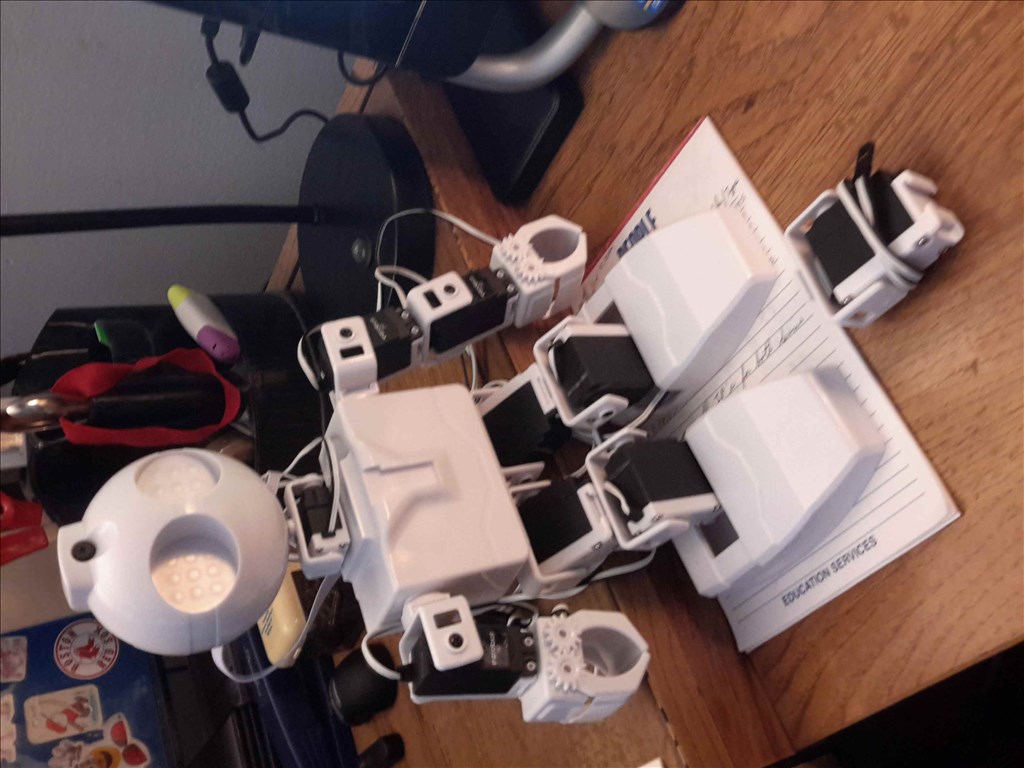
Jdebay's What Should I Do?
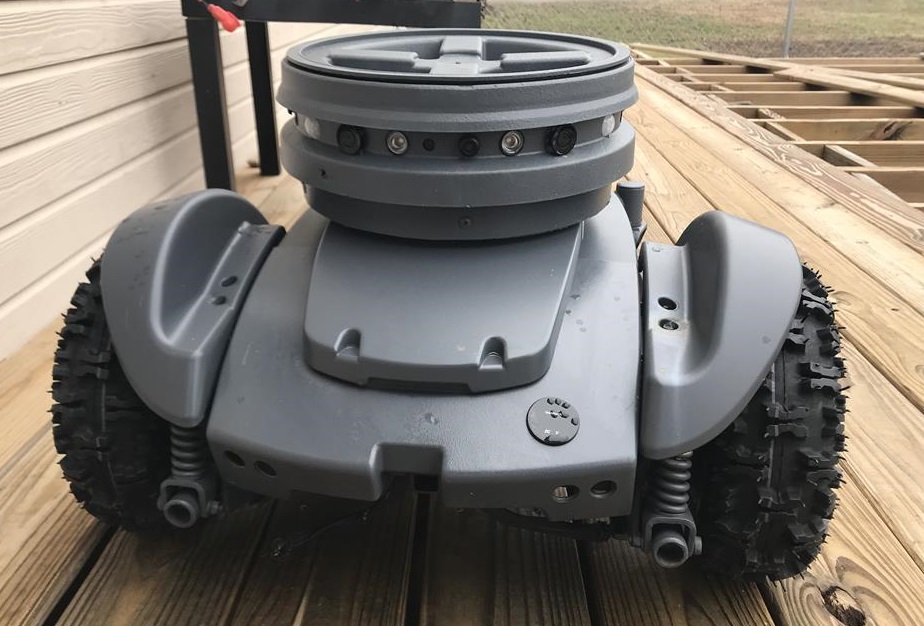






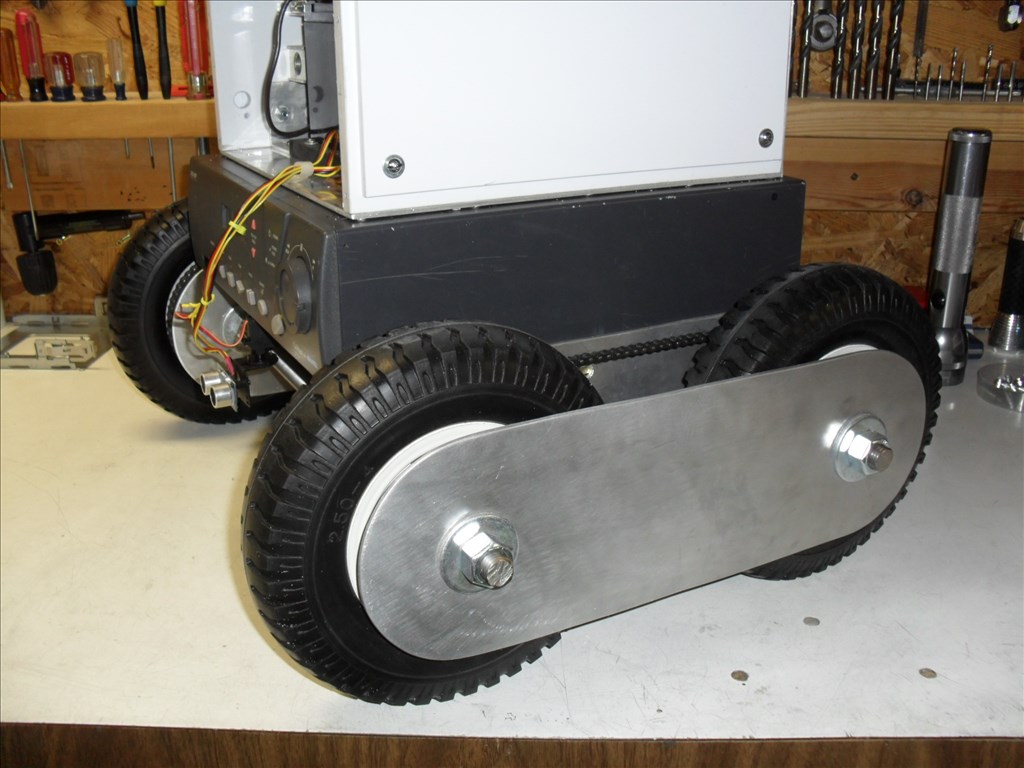
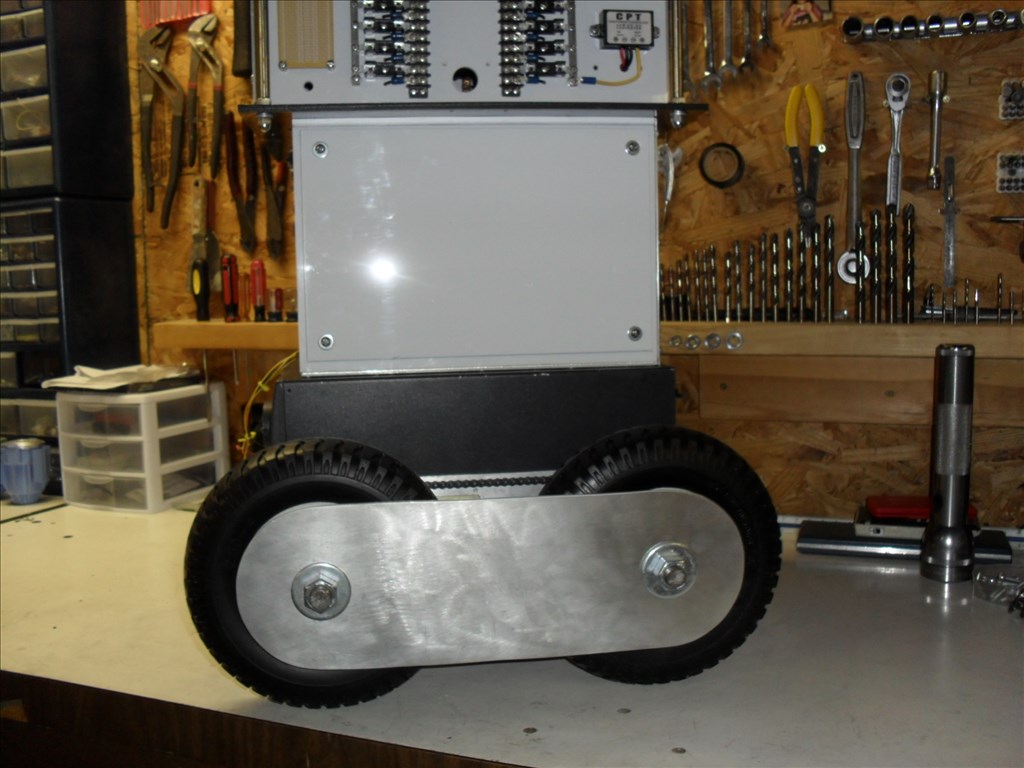
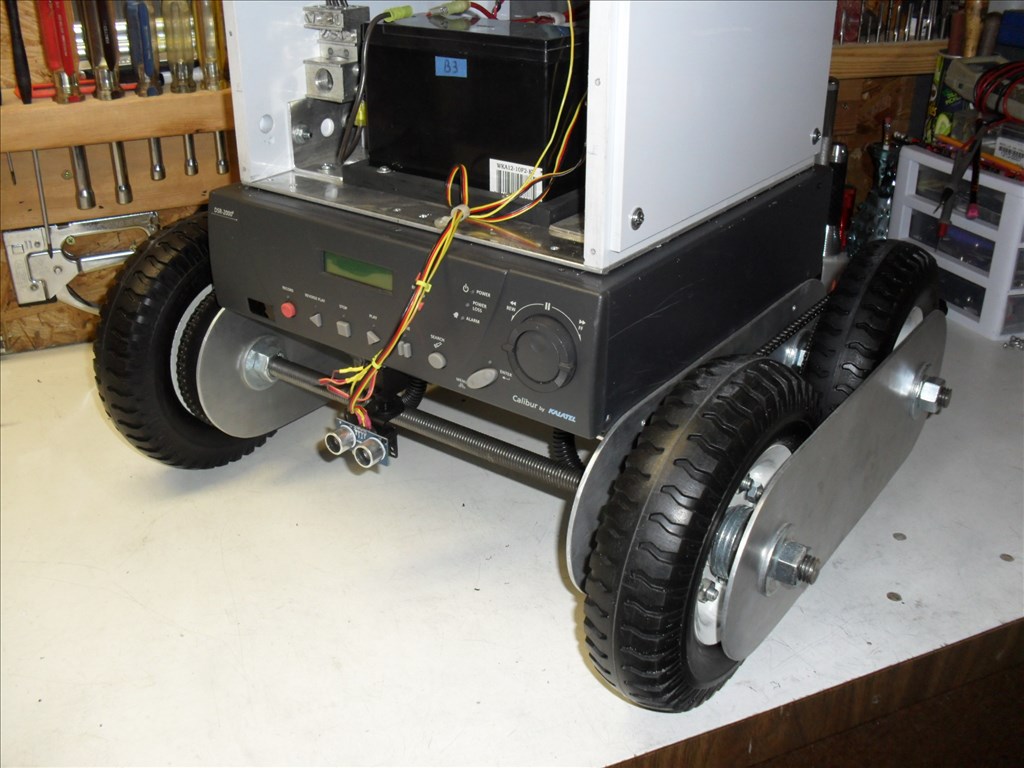
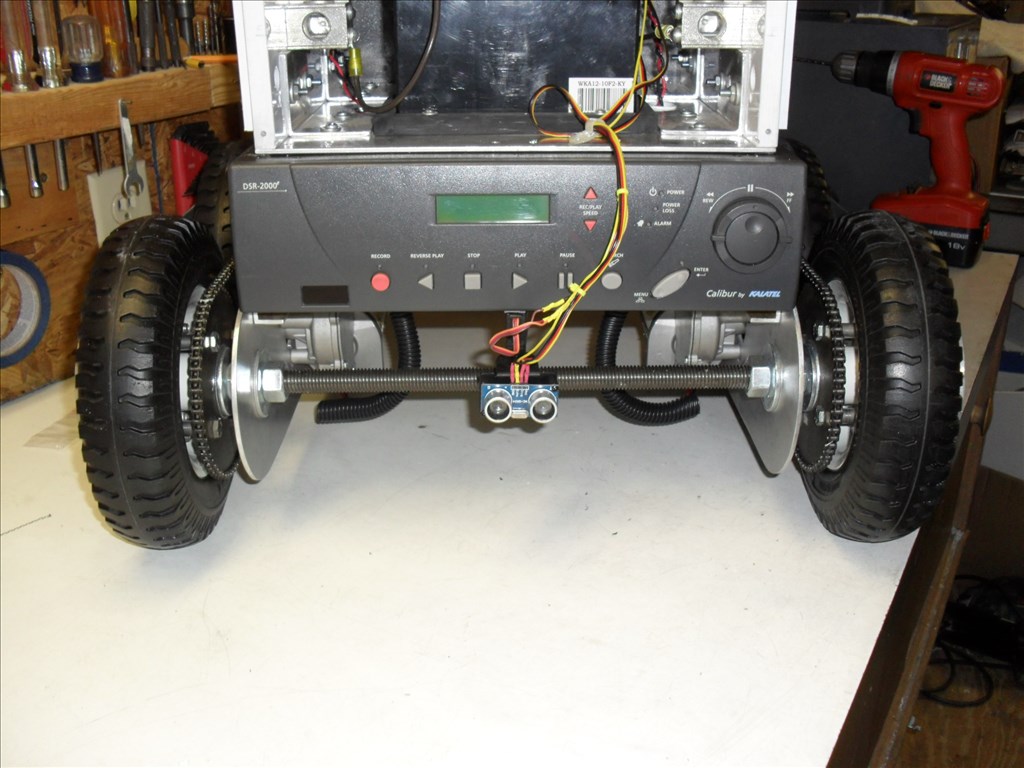

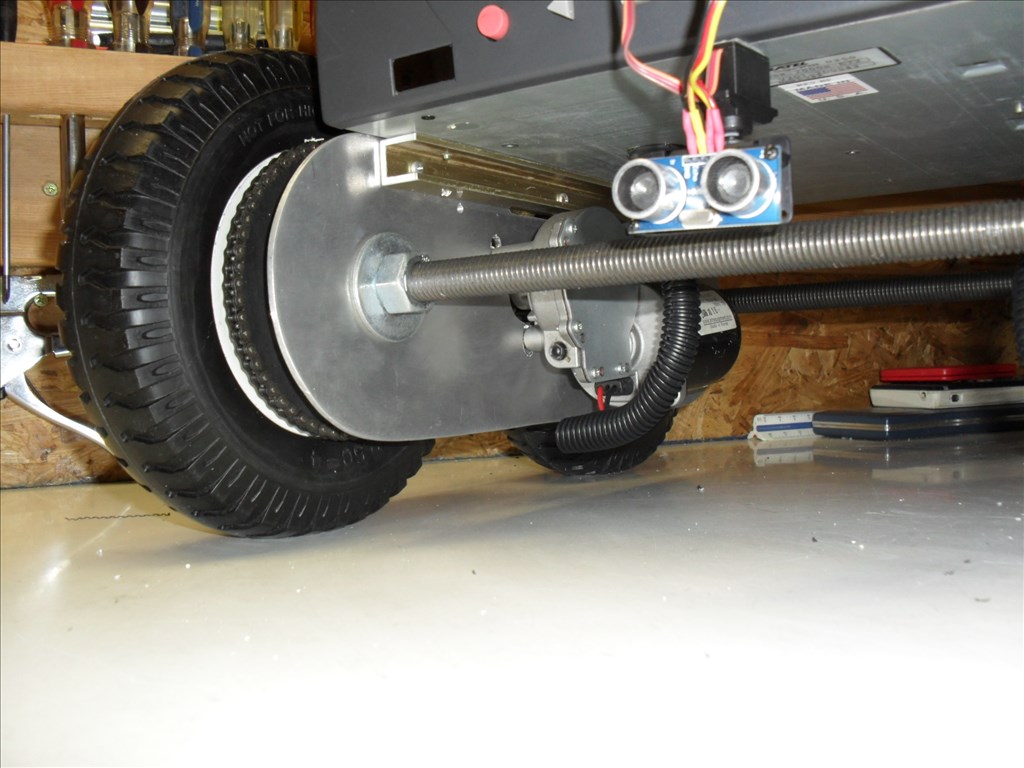
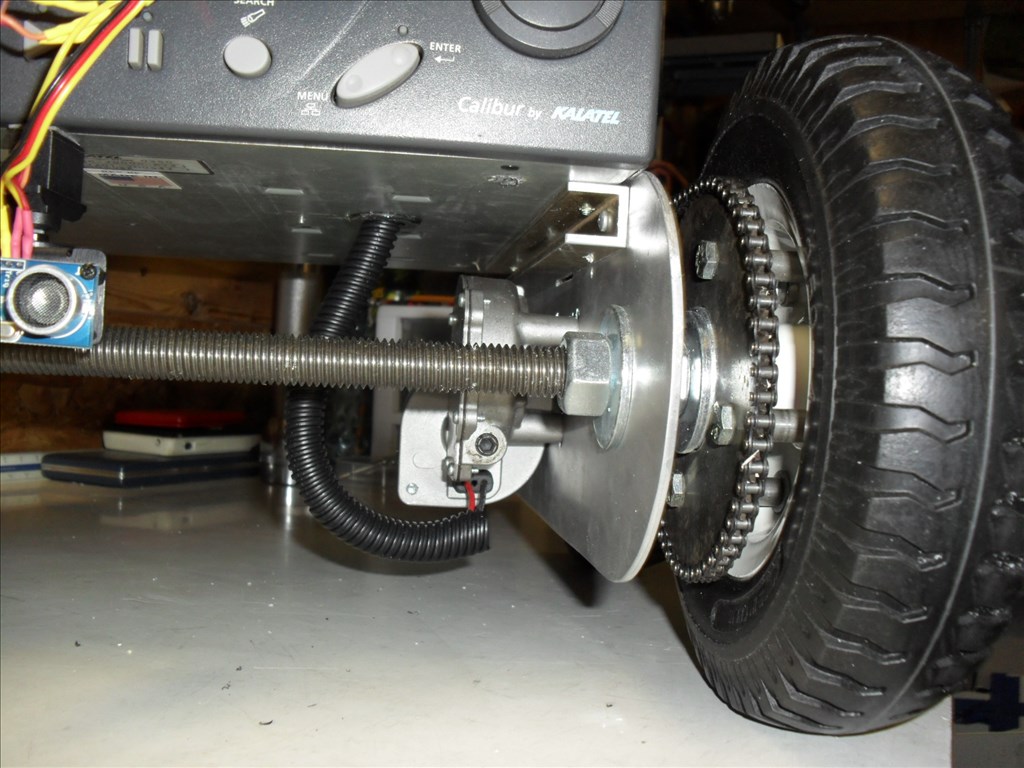
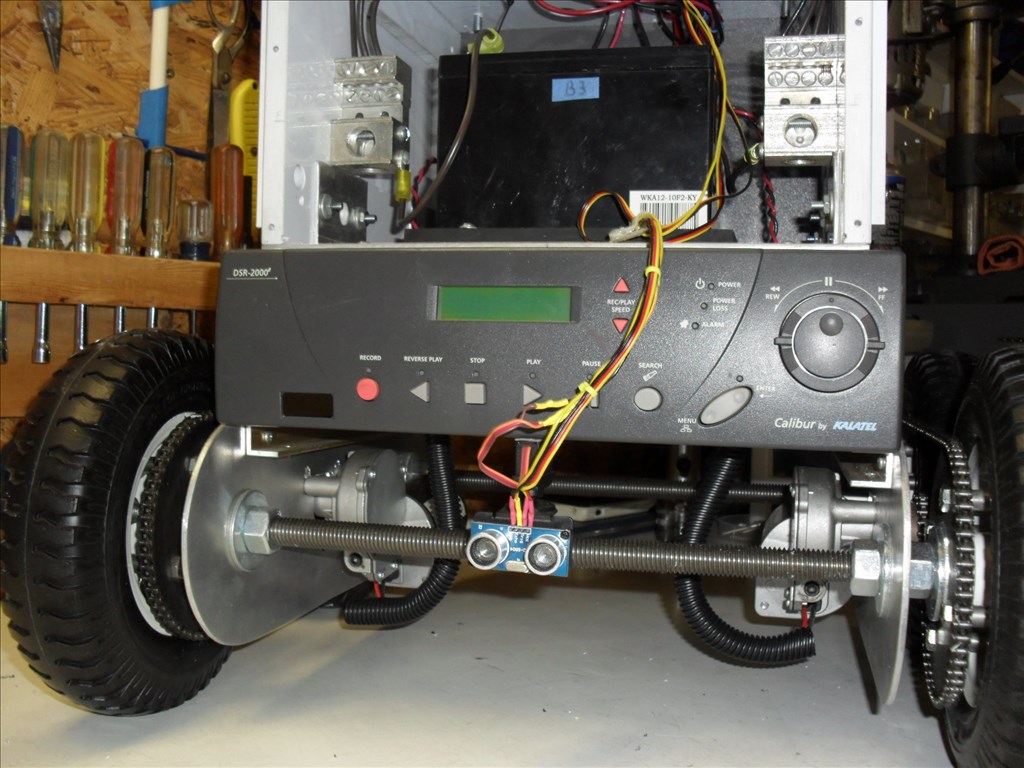
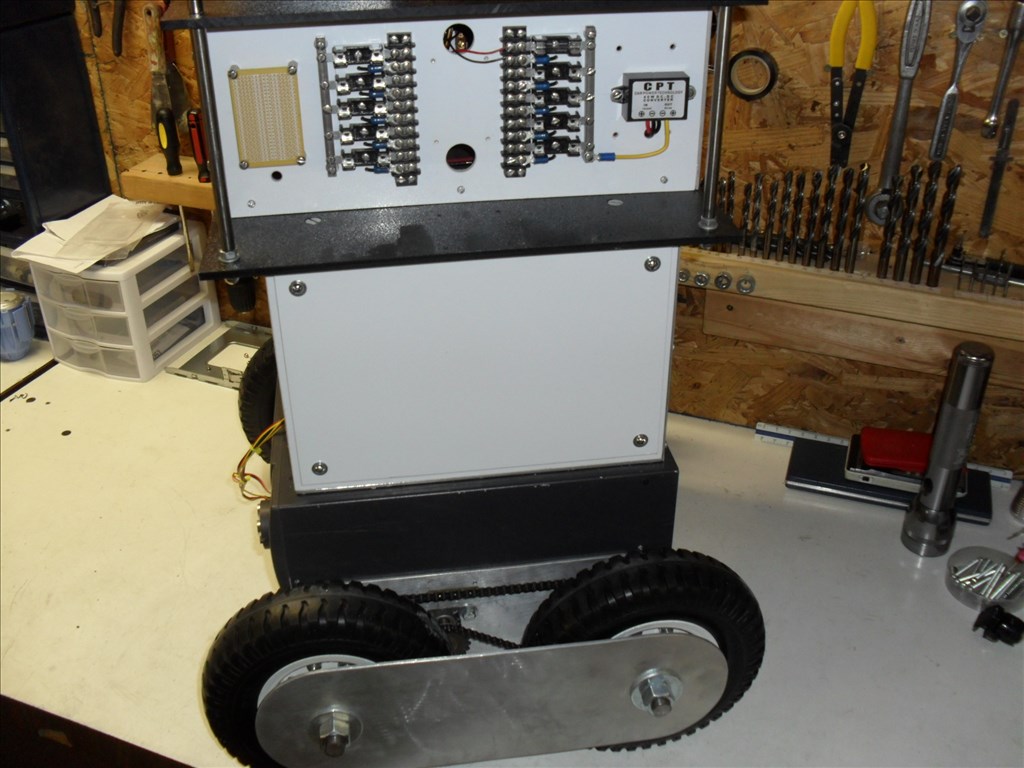
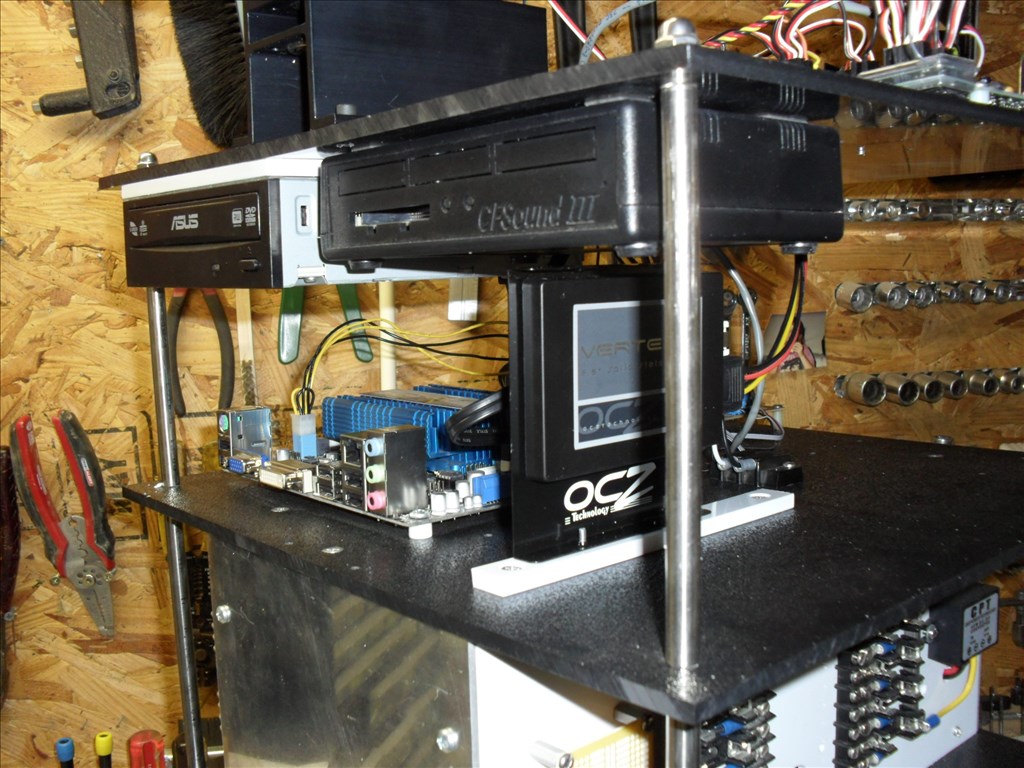
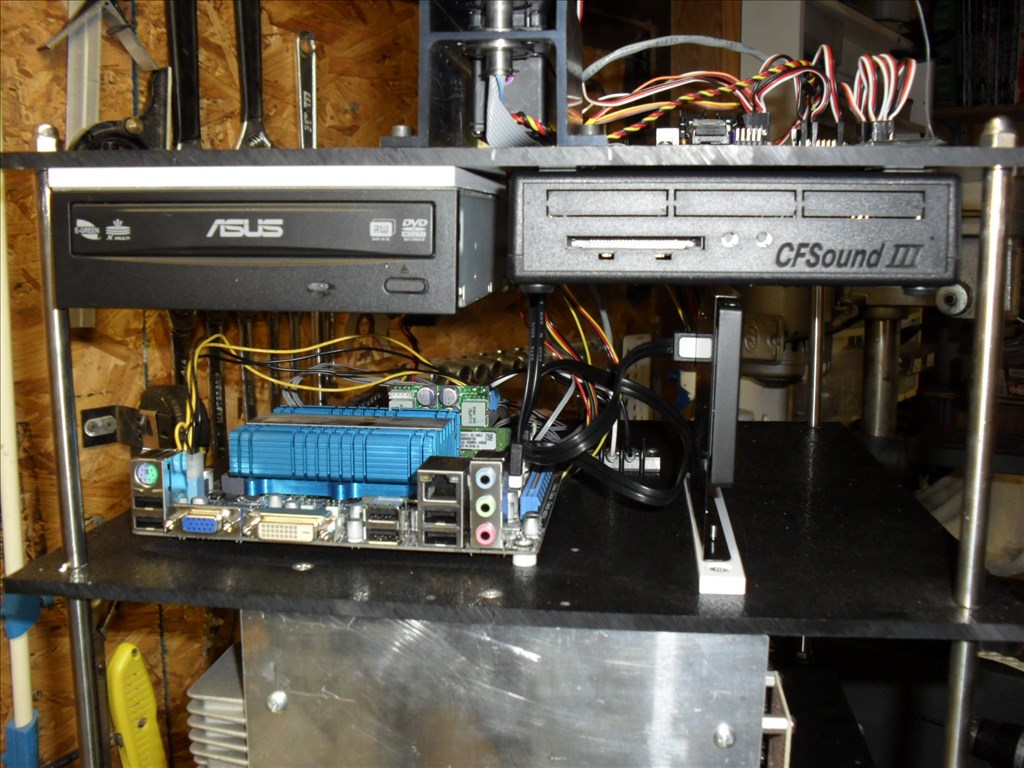
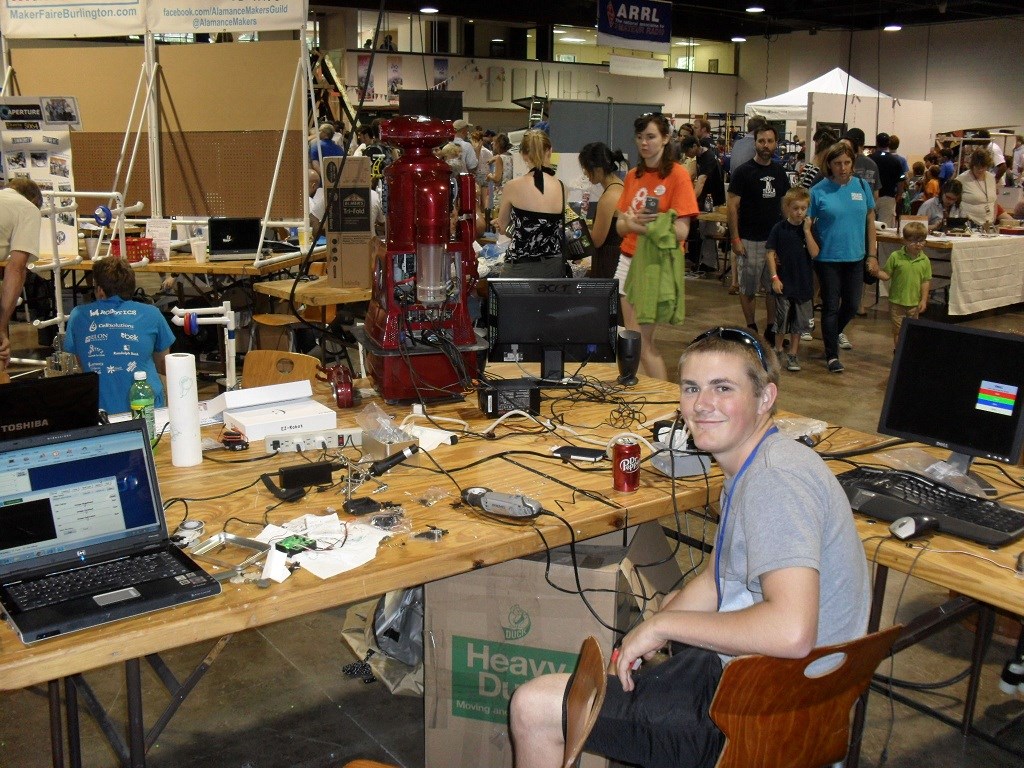
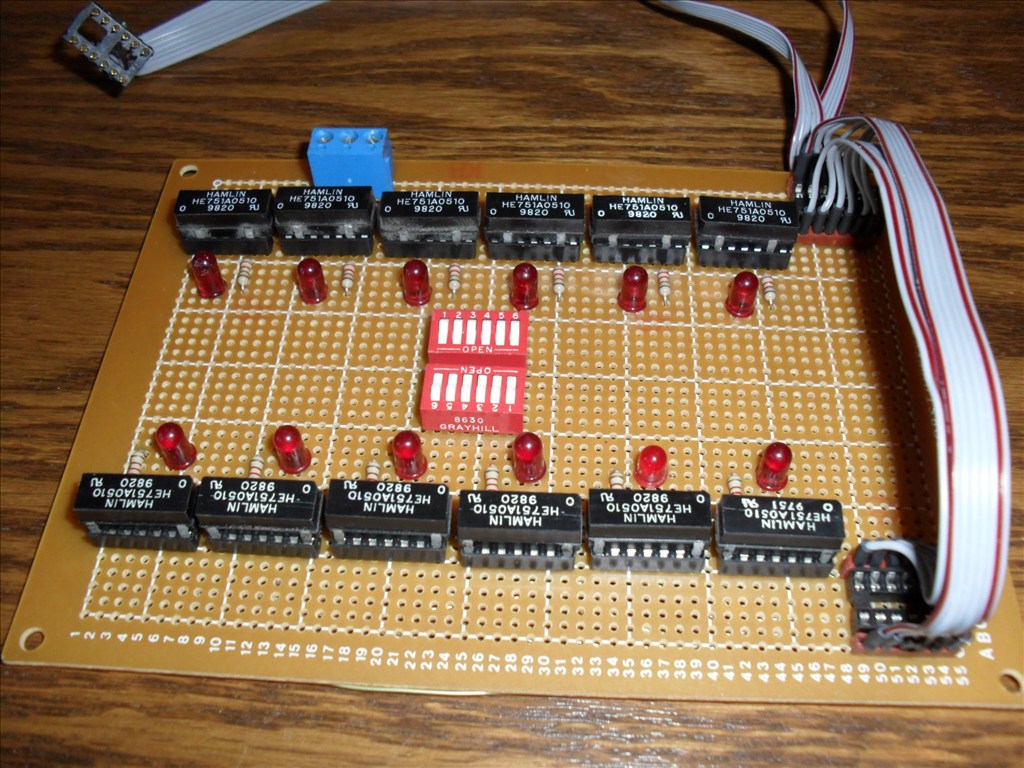
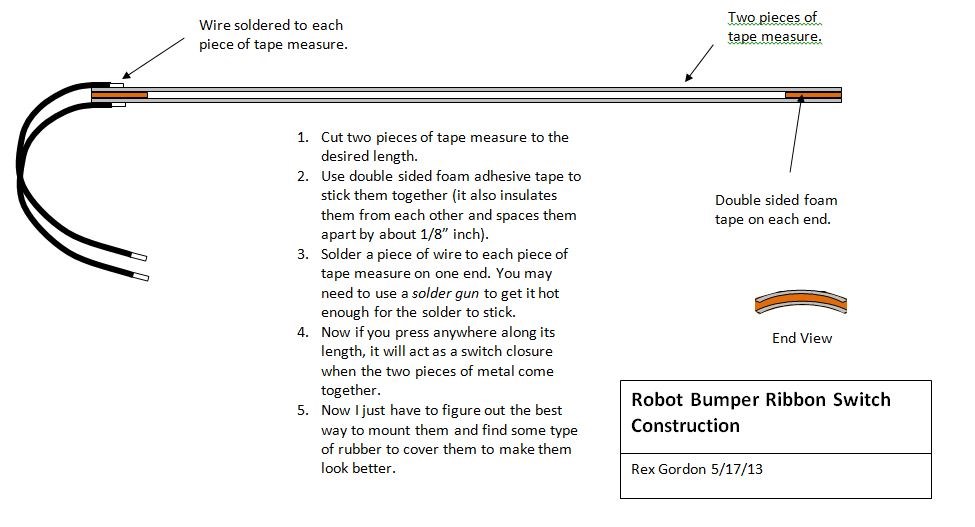
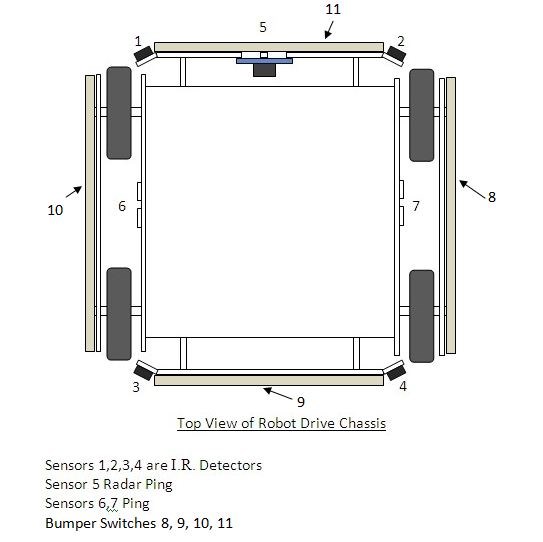
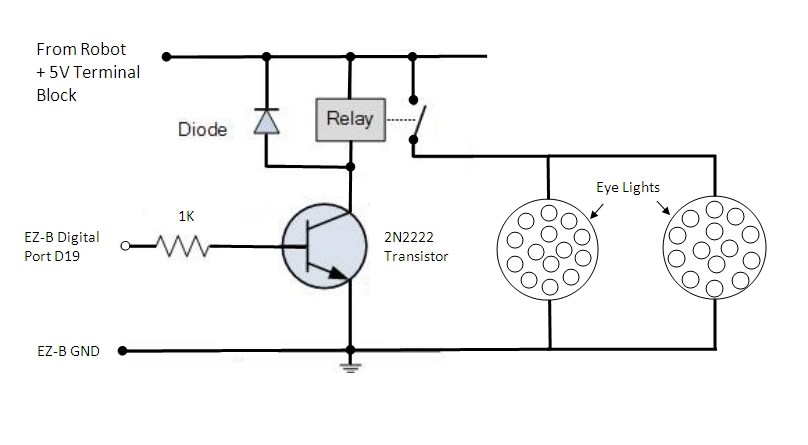
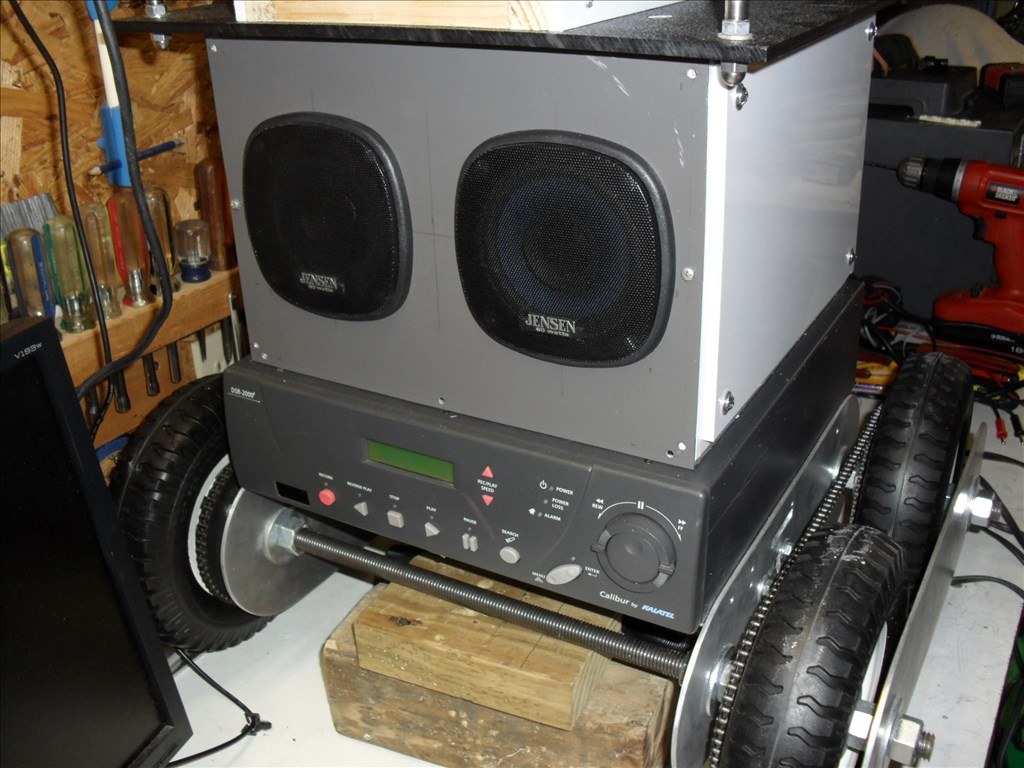
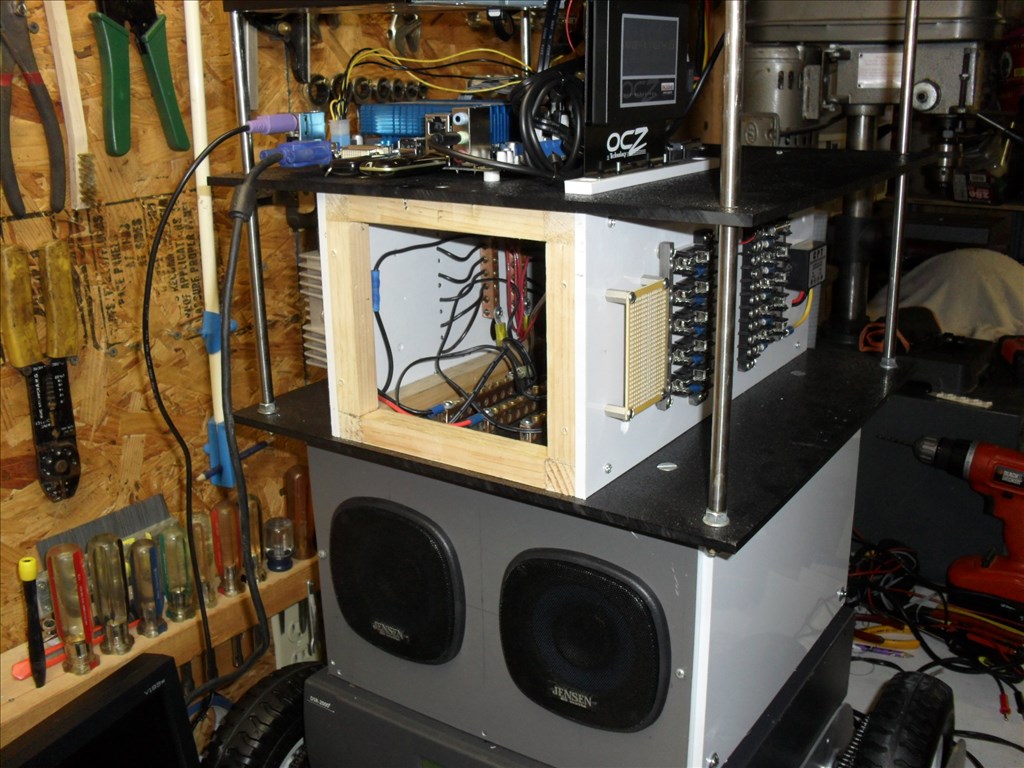
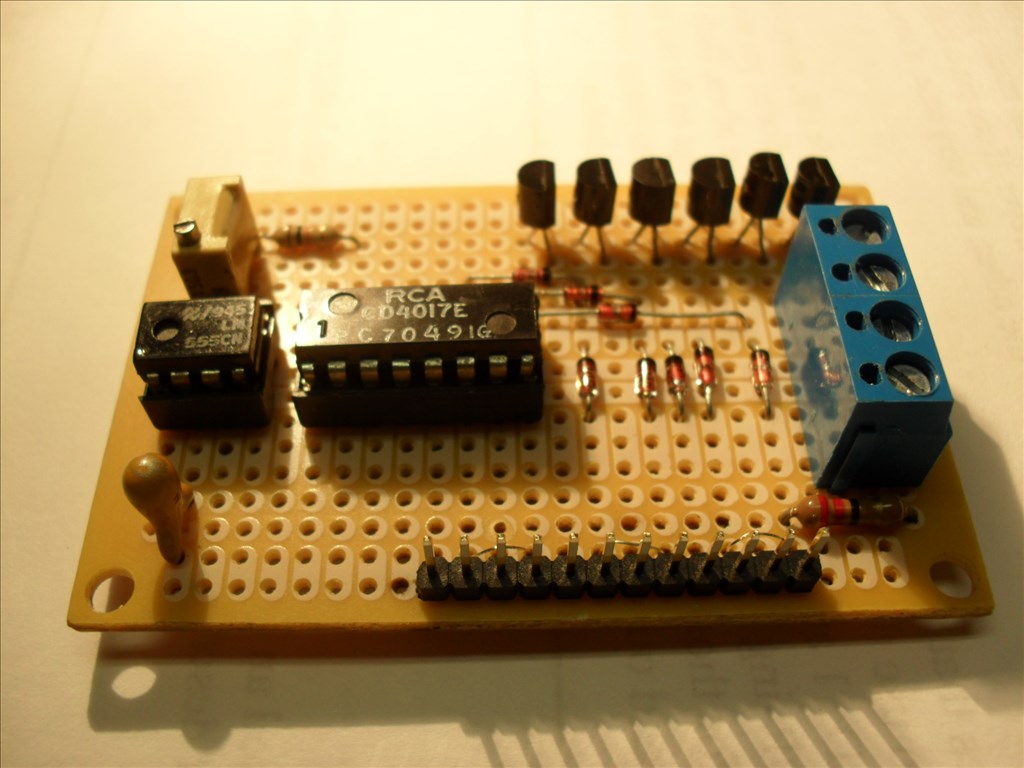
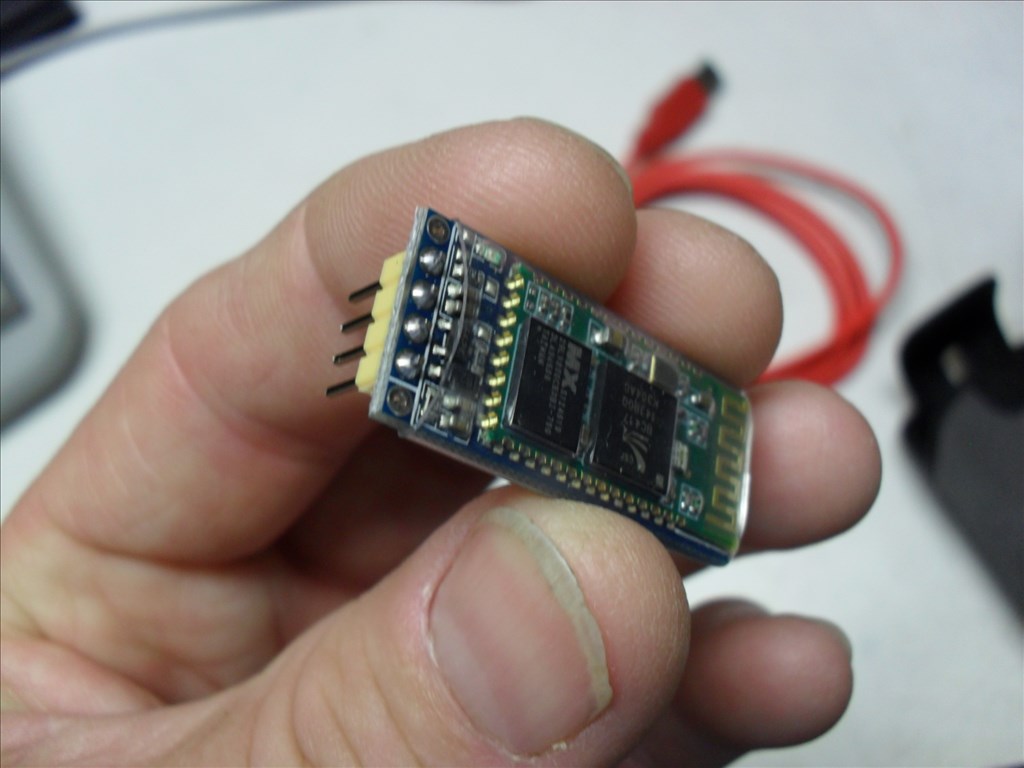
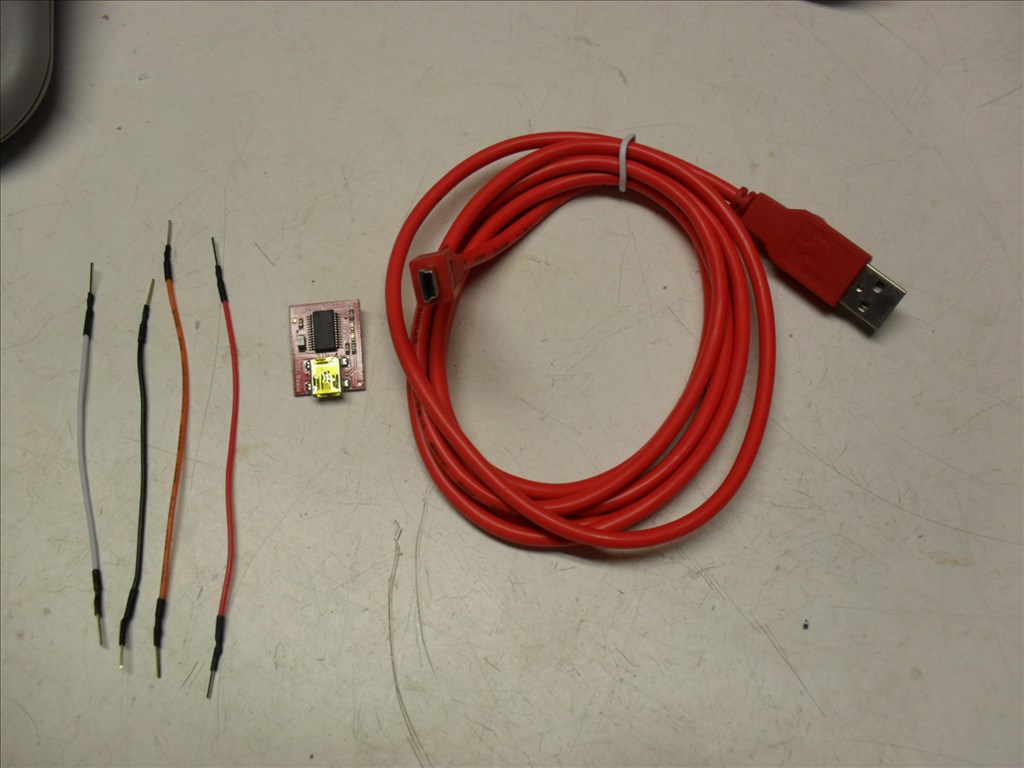
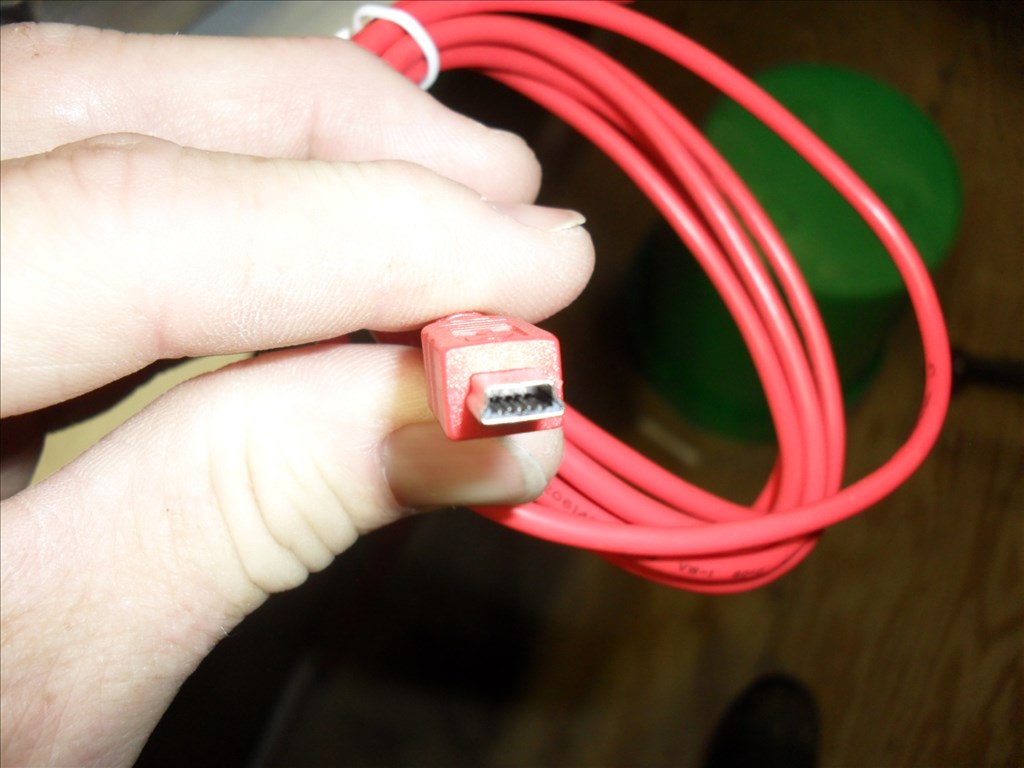
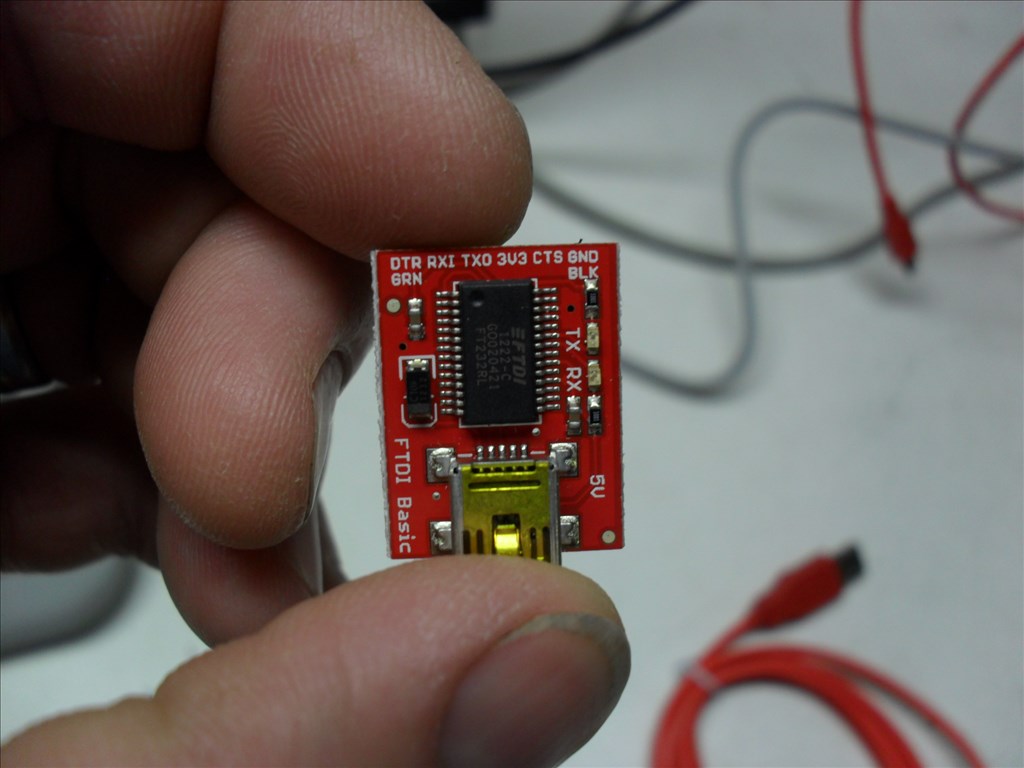
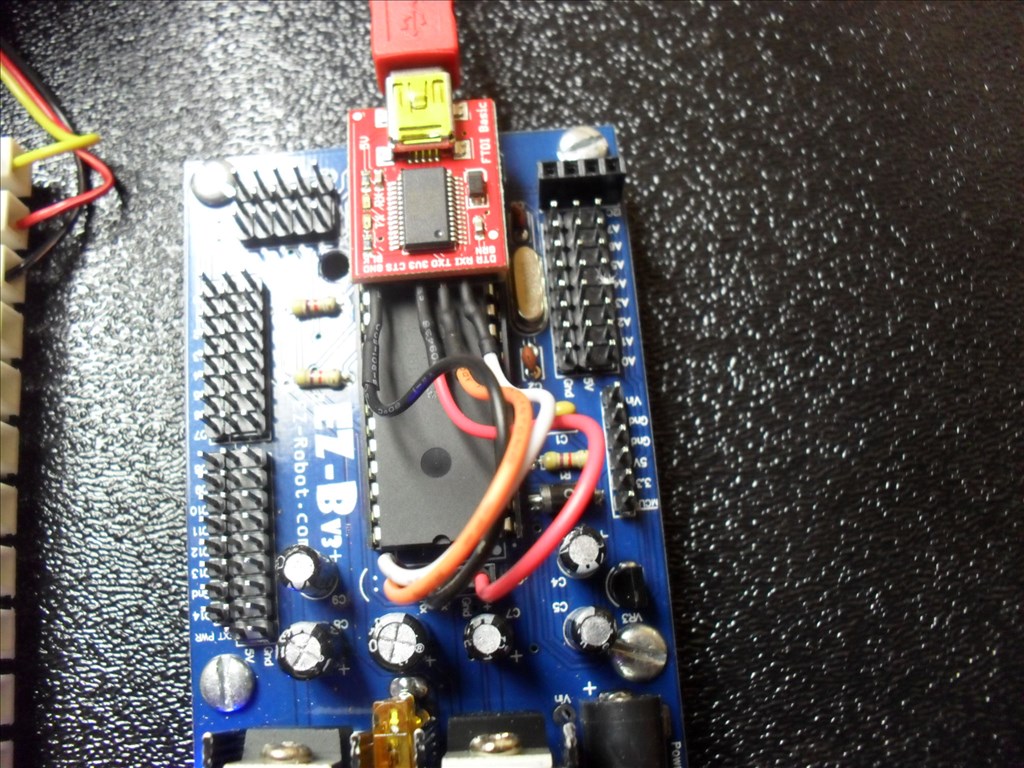
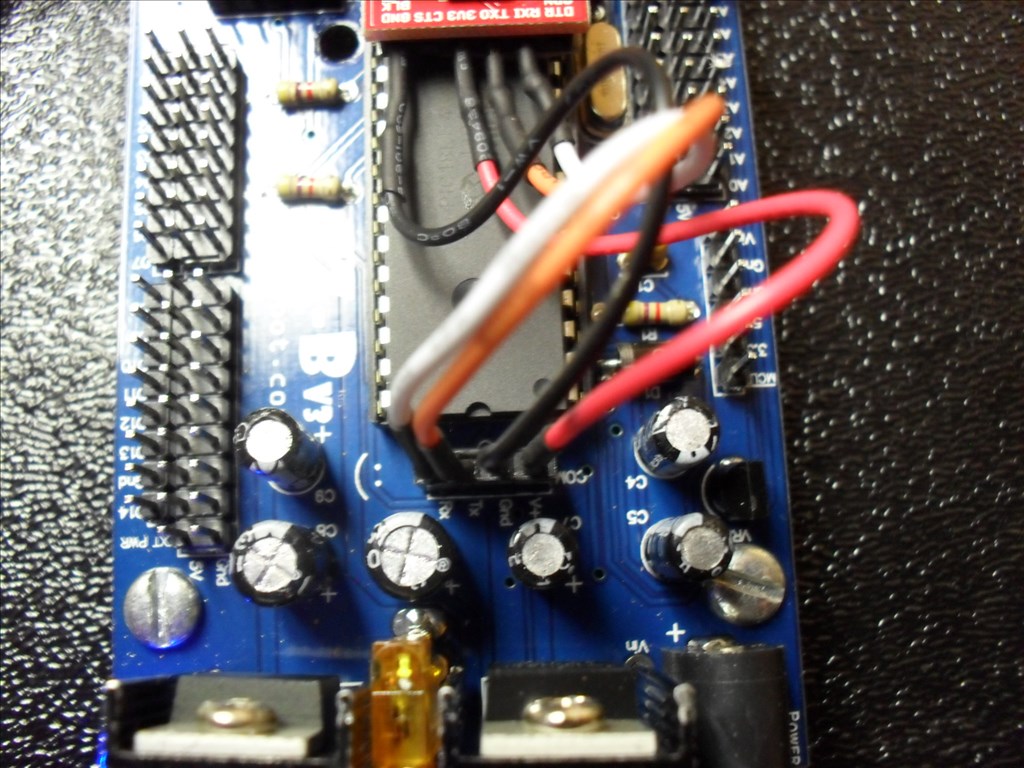
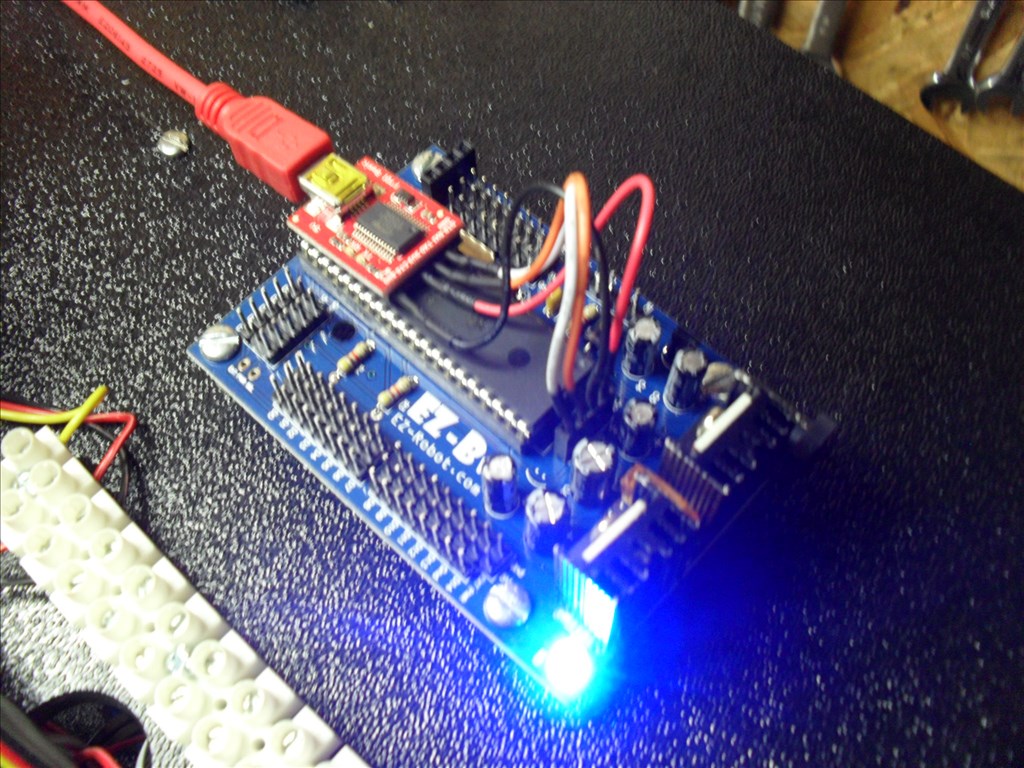
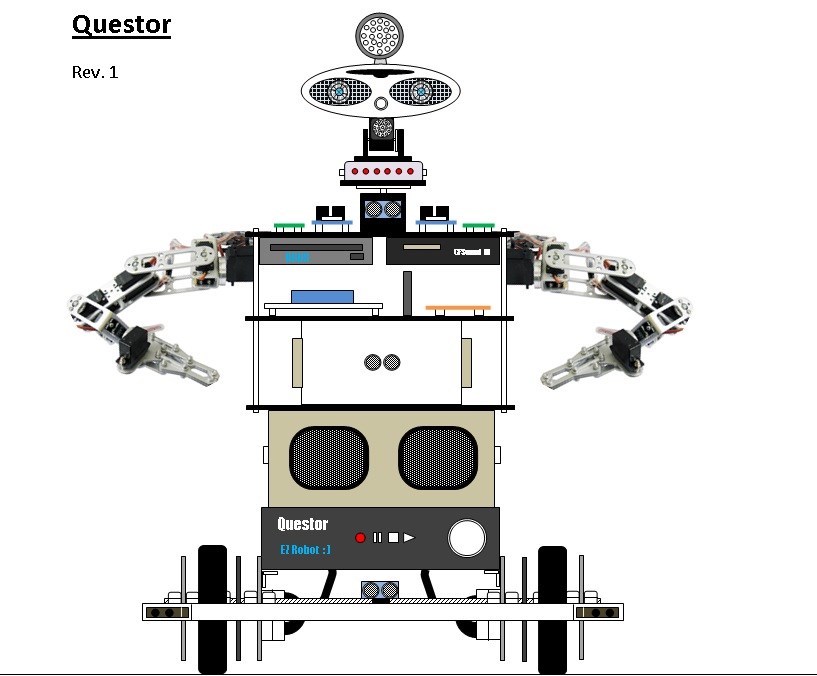
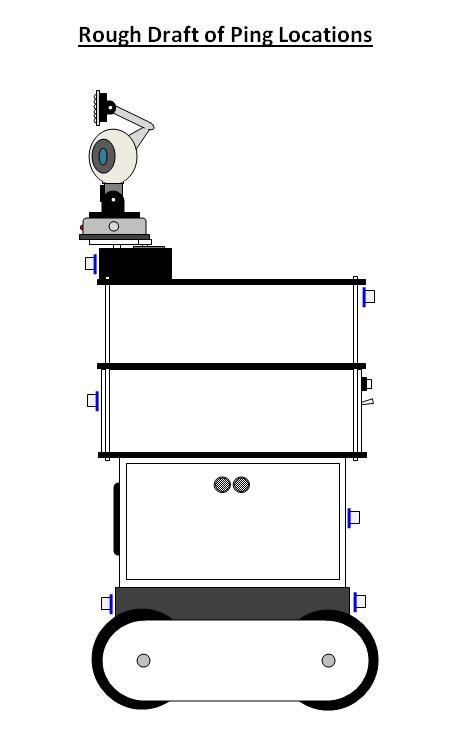
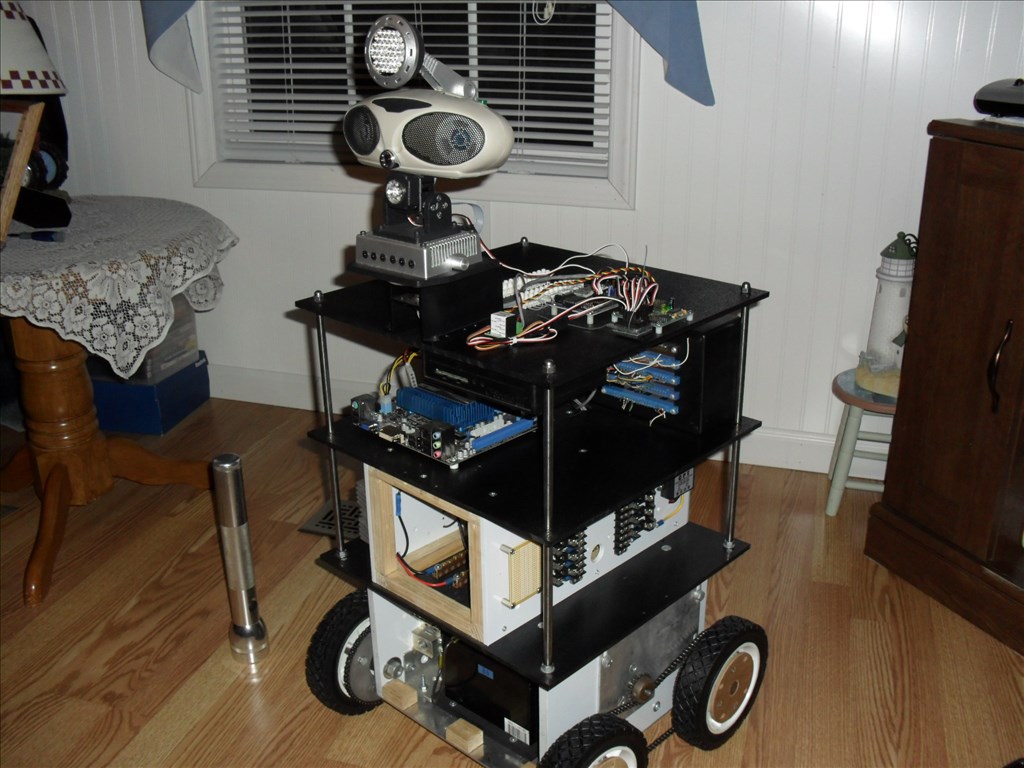
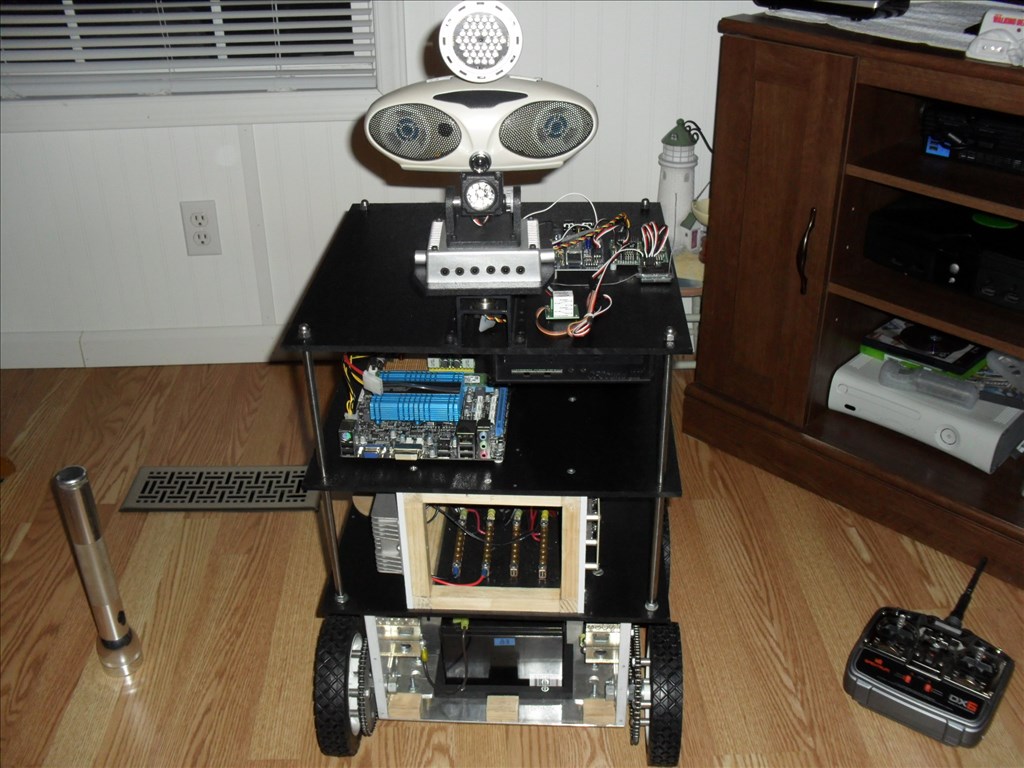
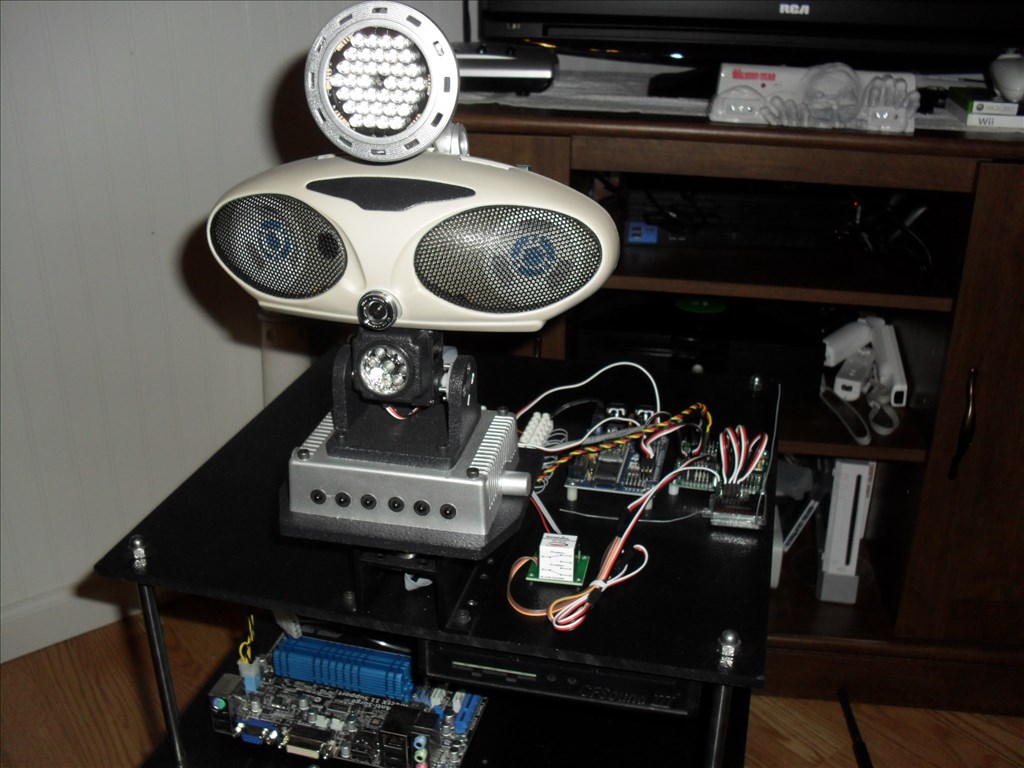
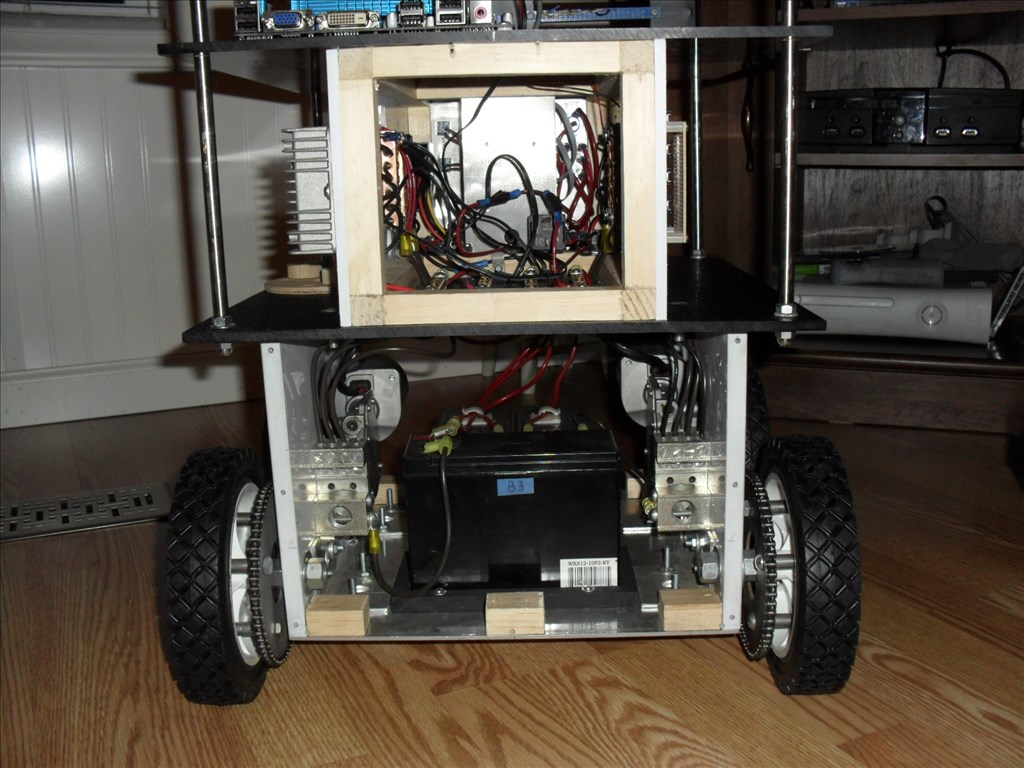
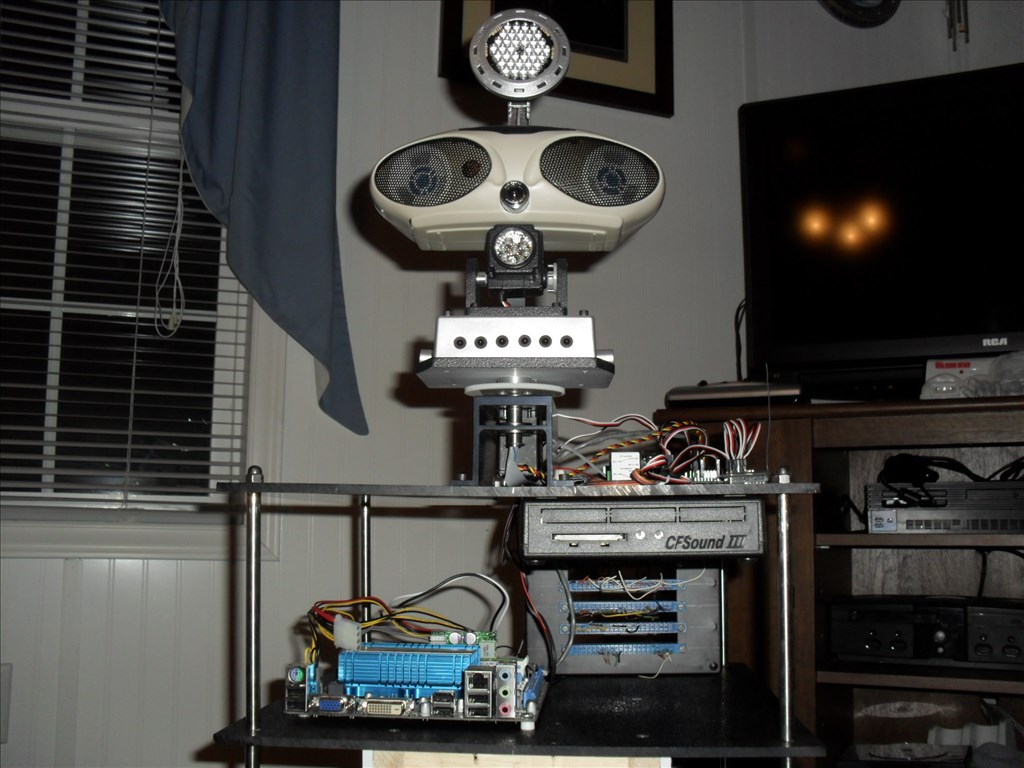
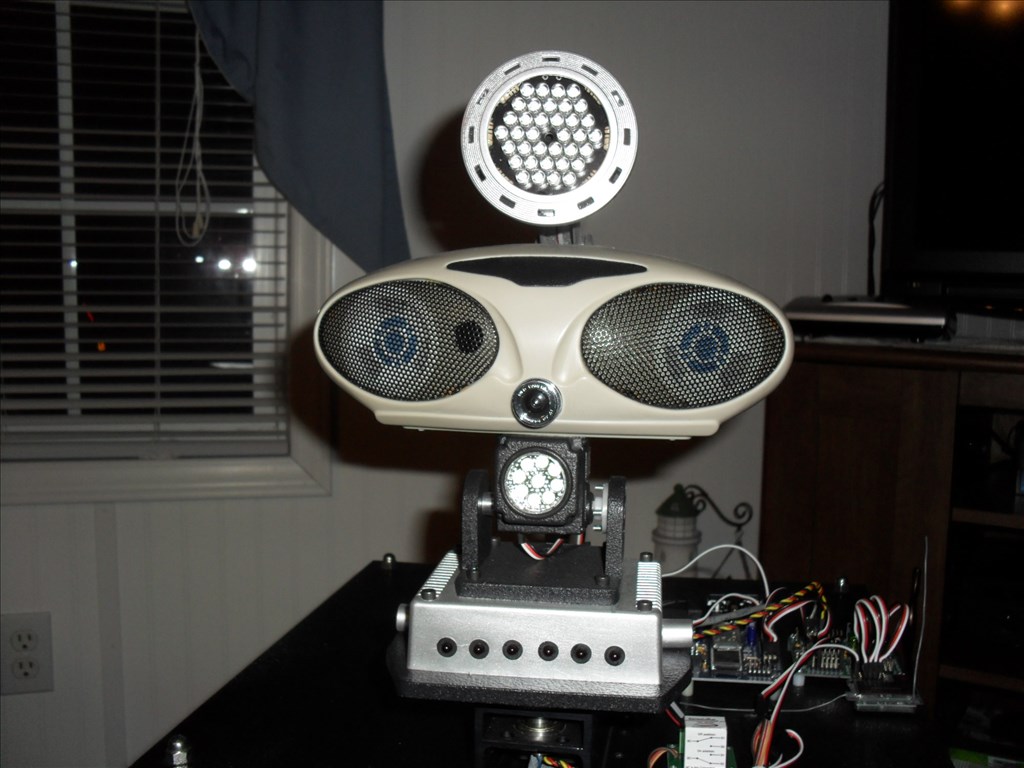
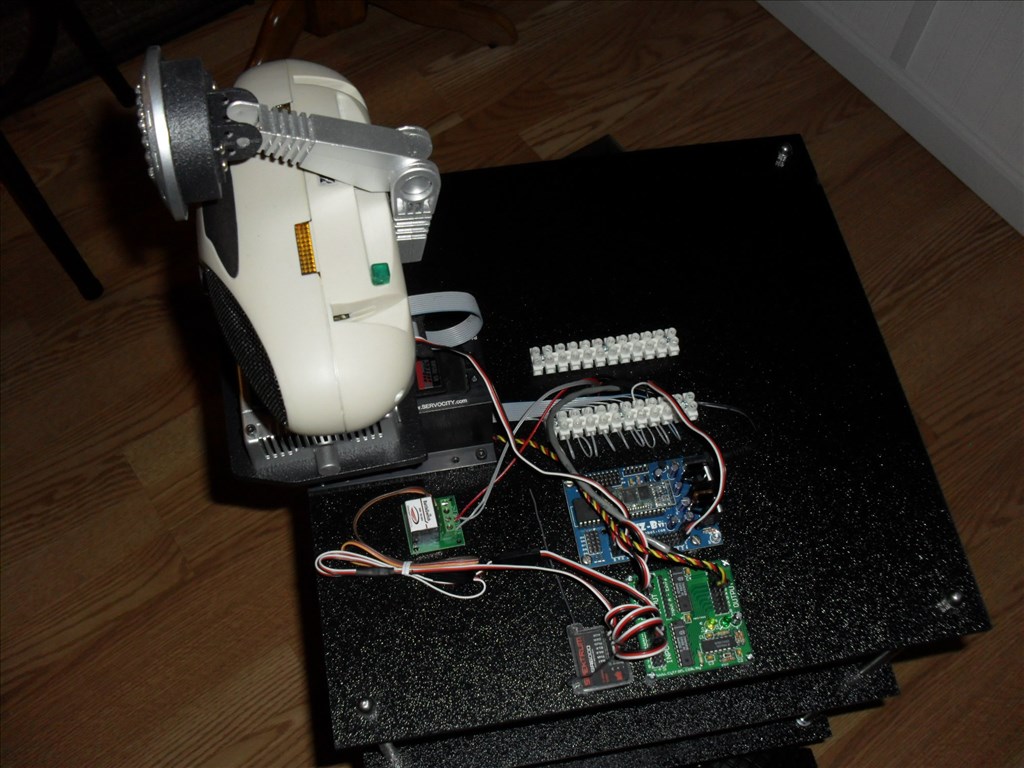
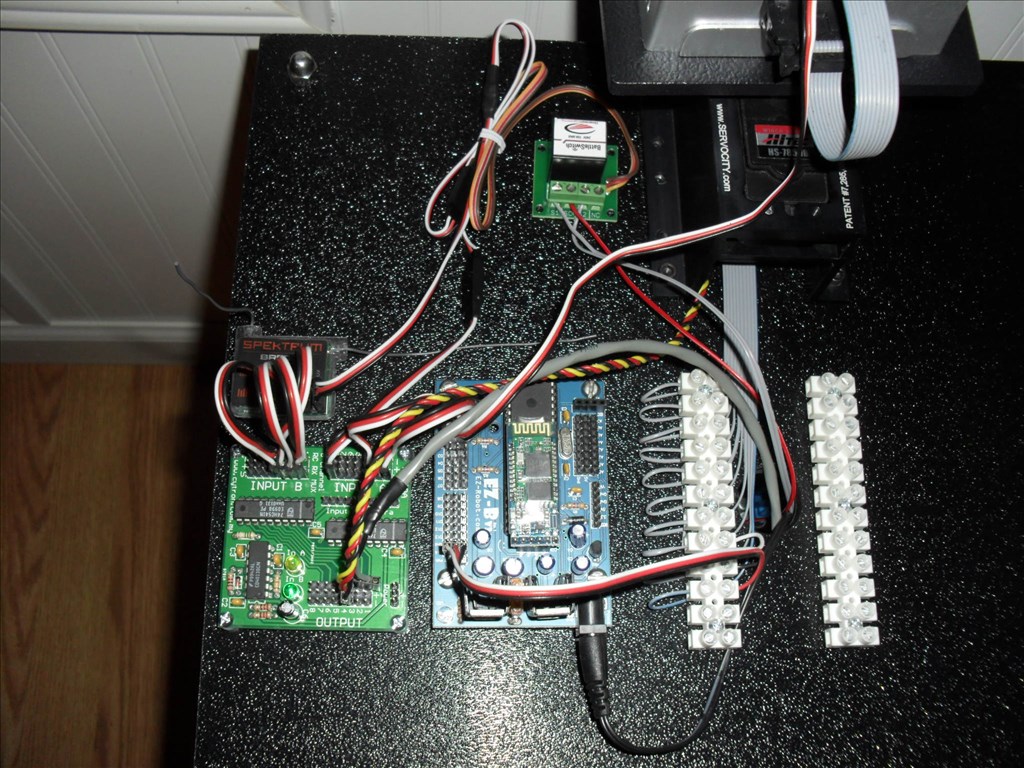

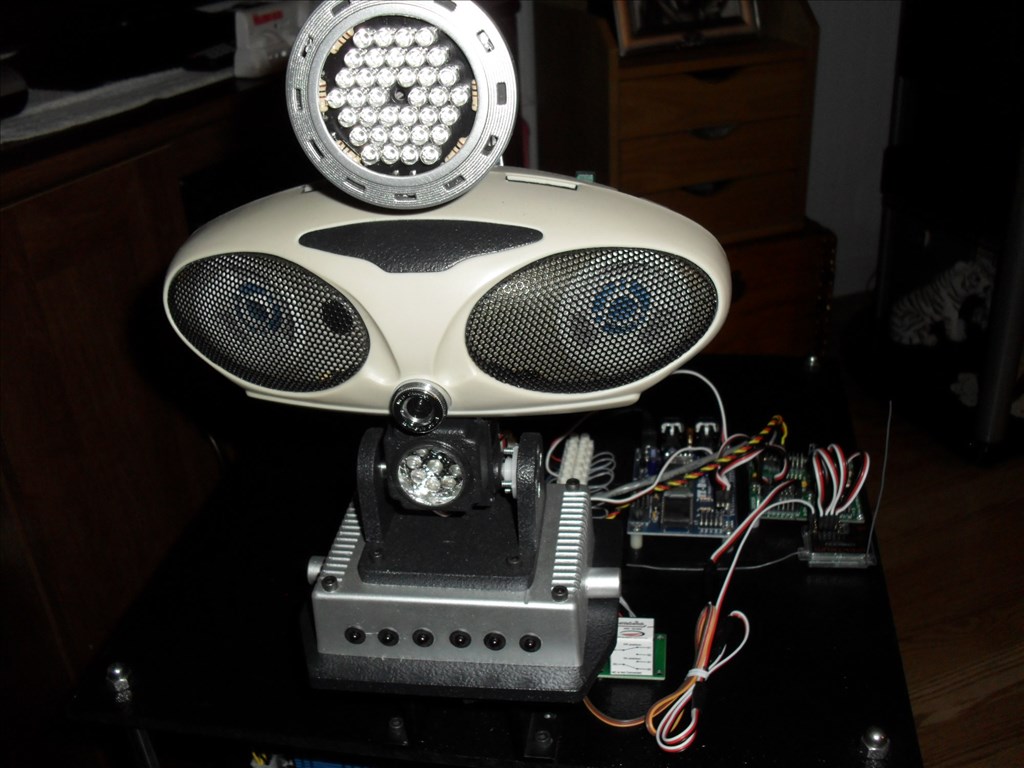
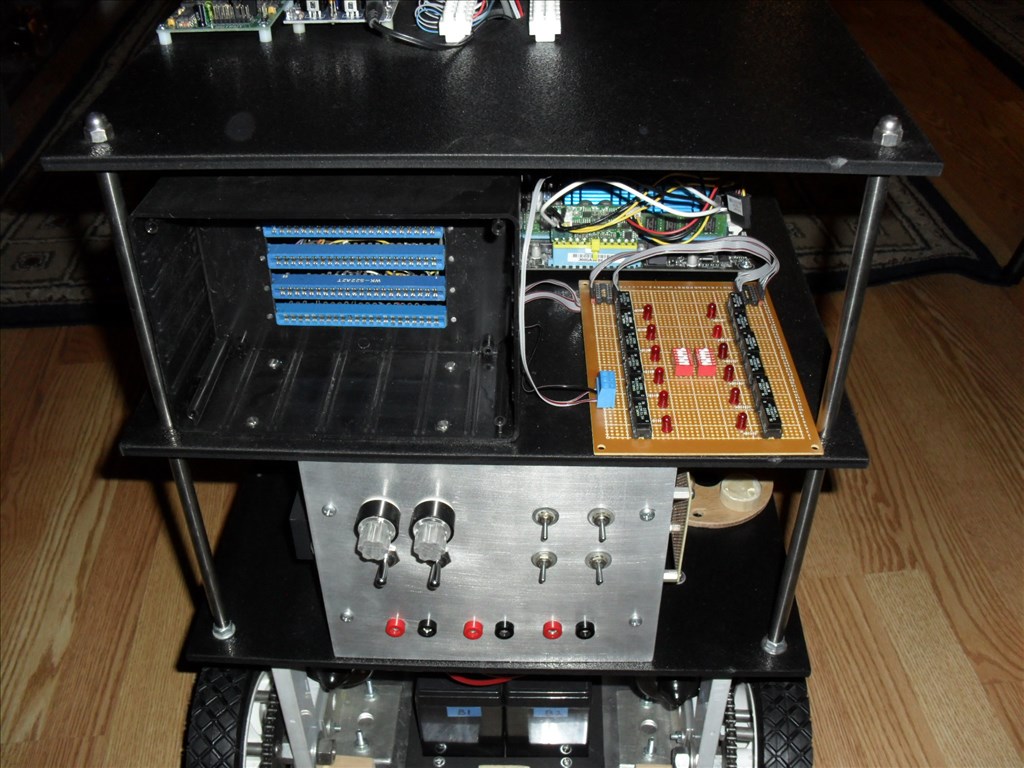
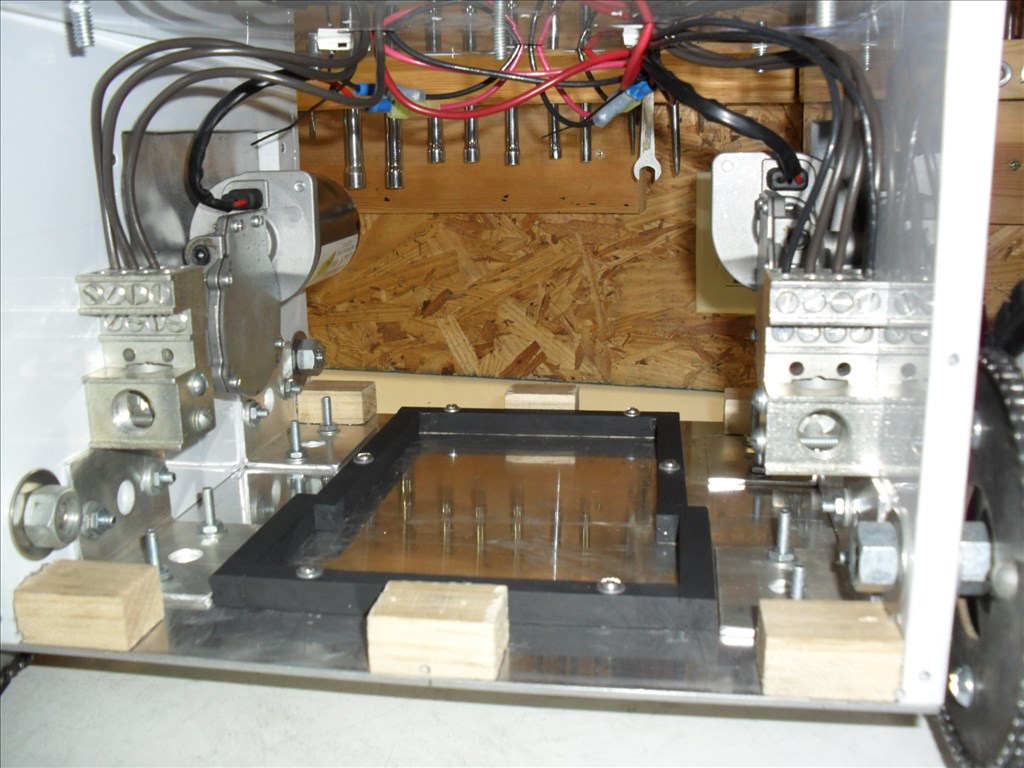
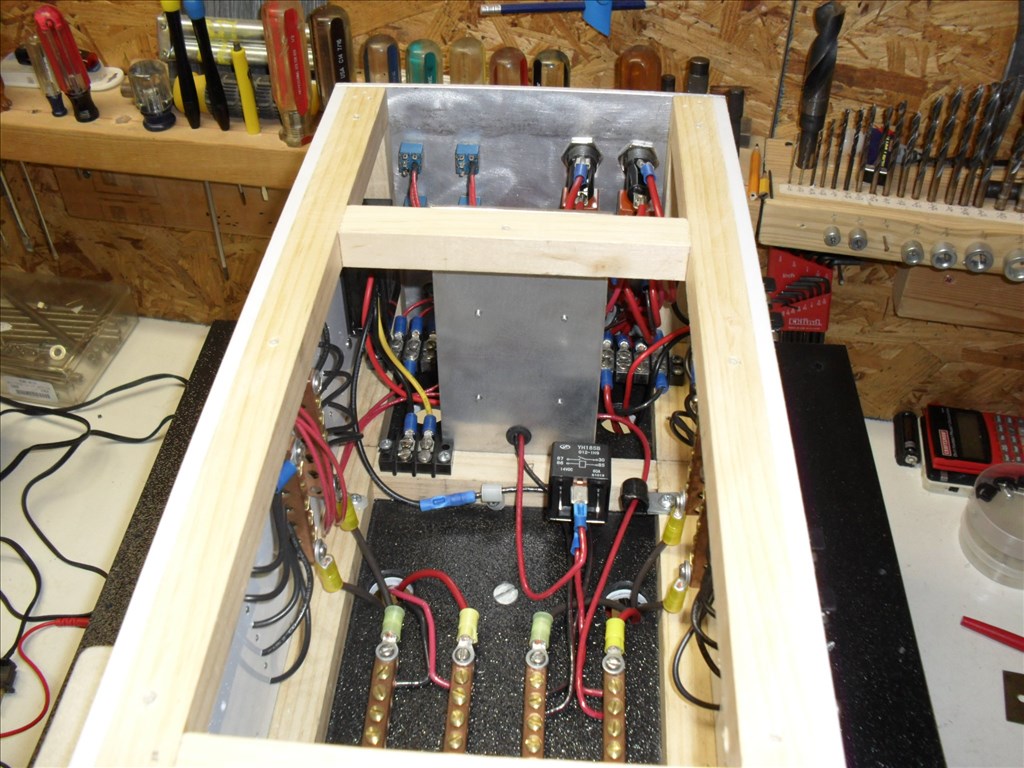
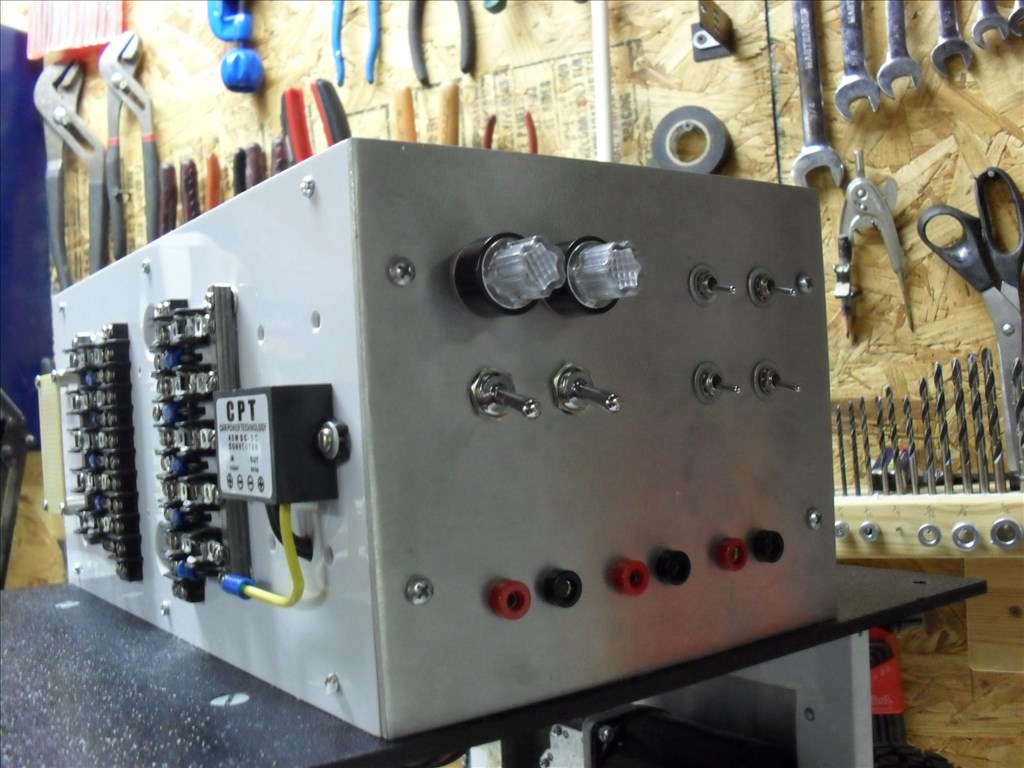
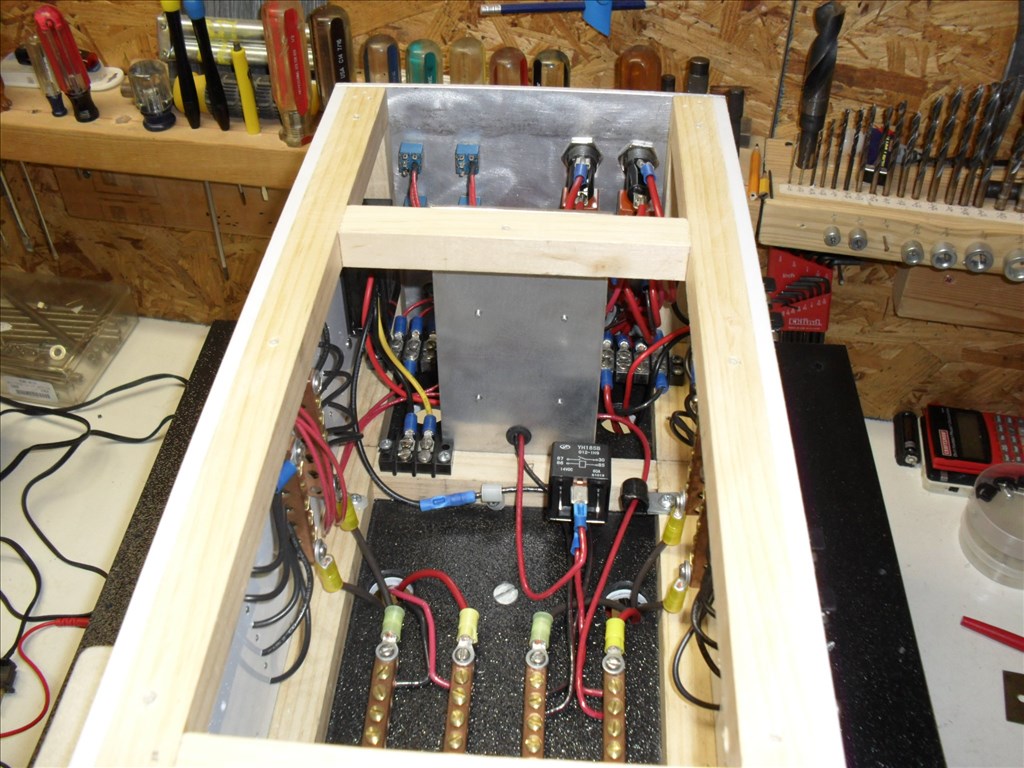
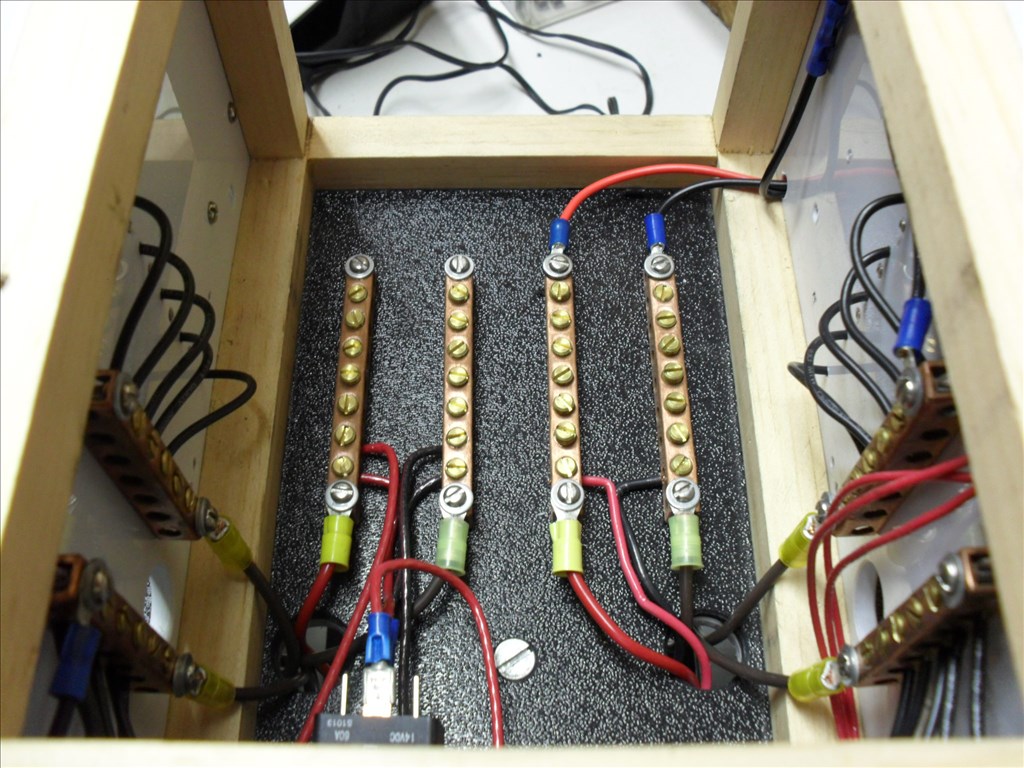
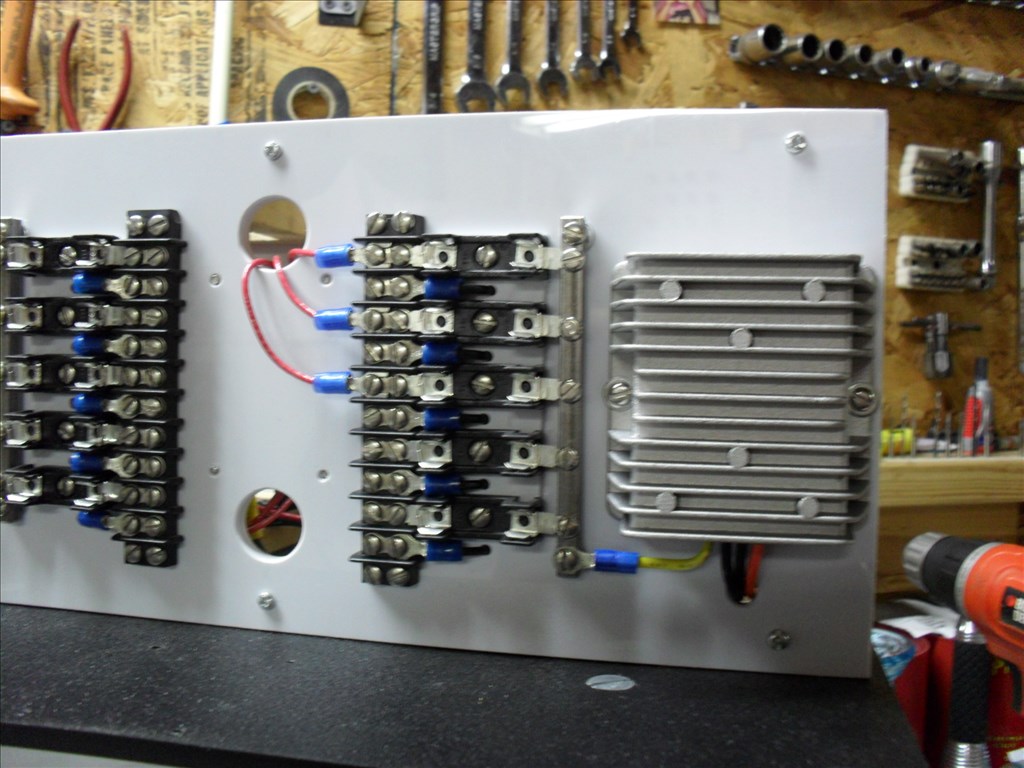
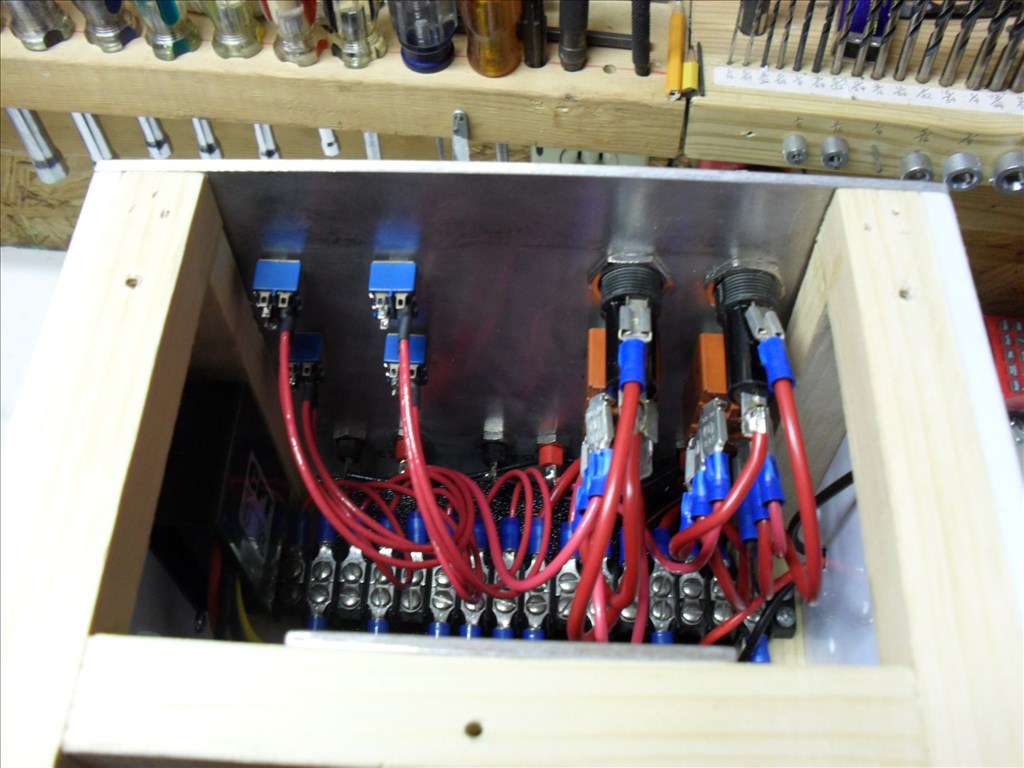
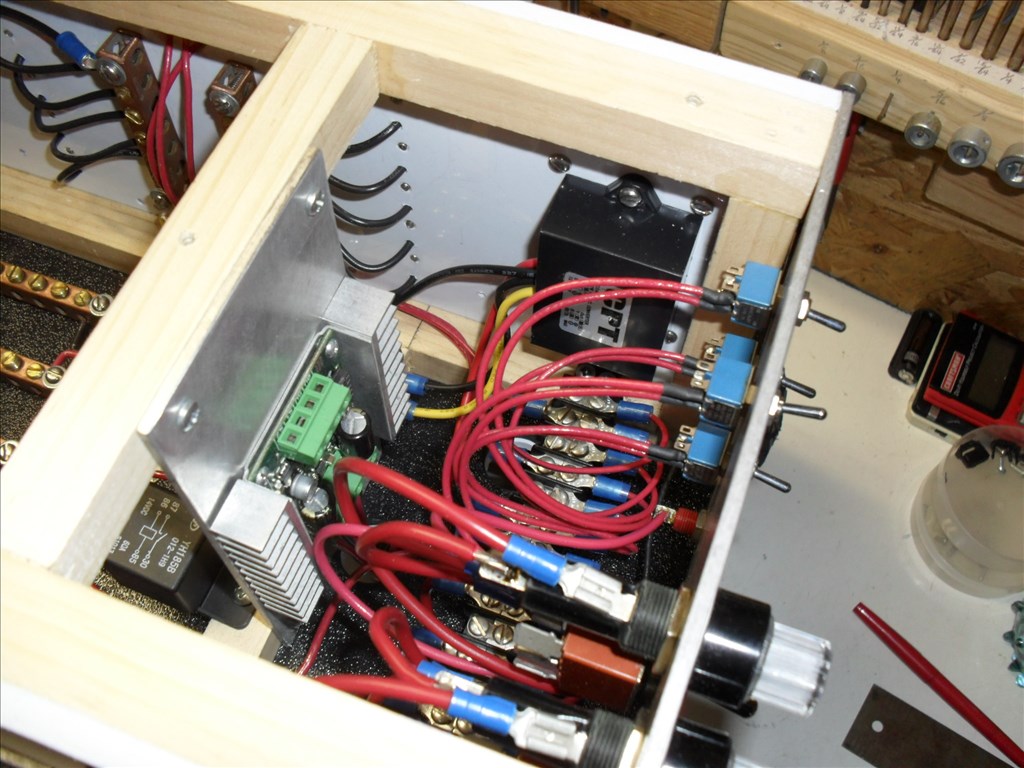
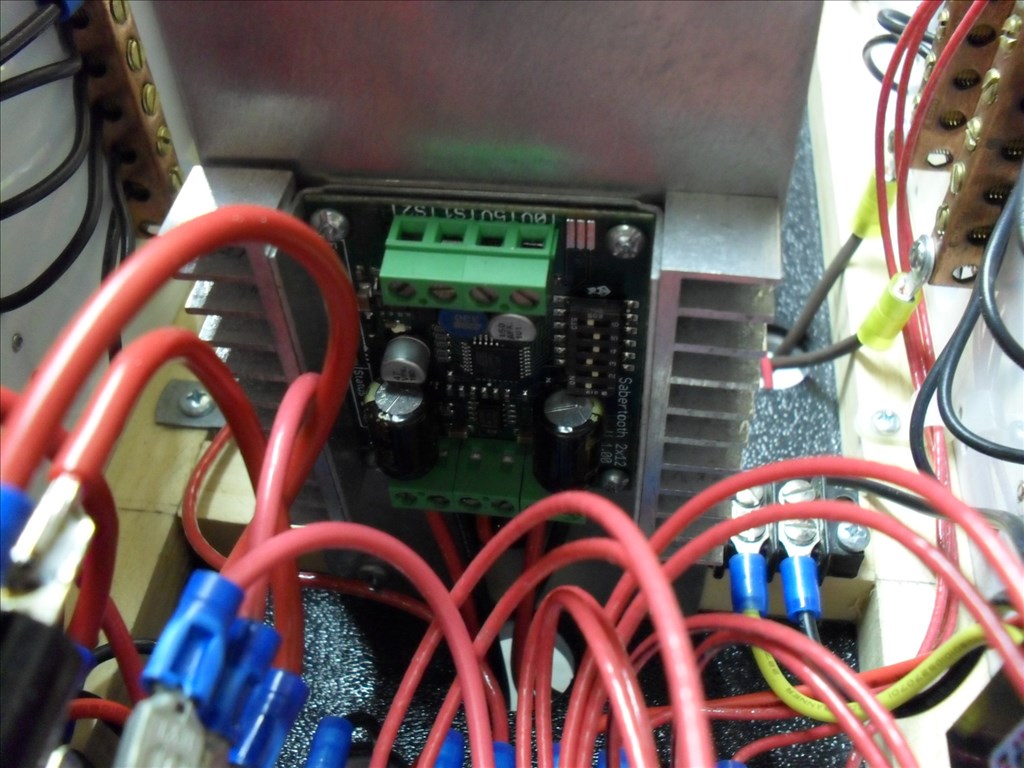
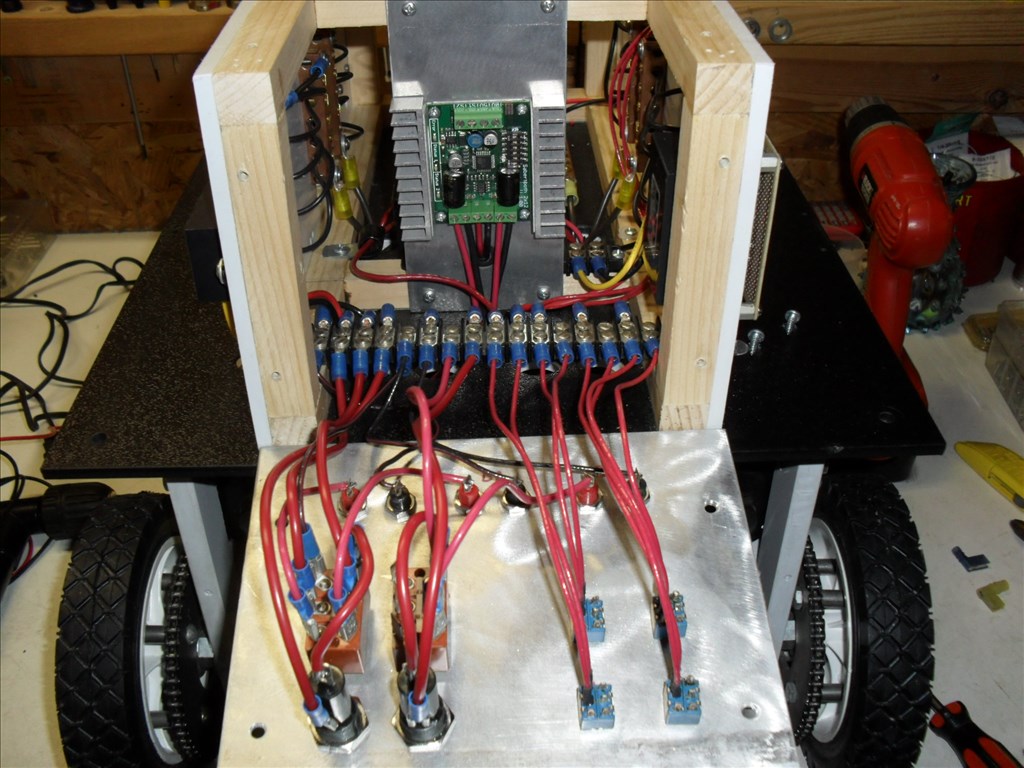
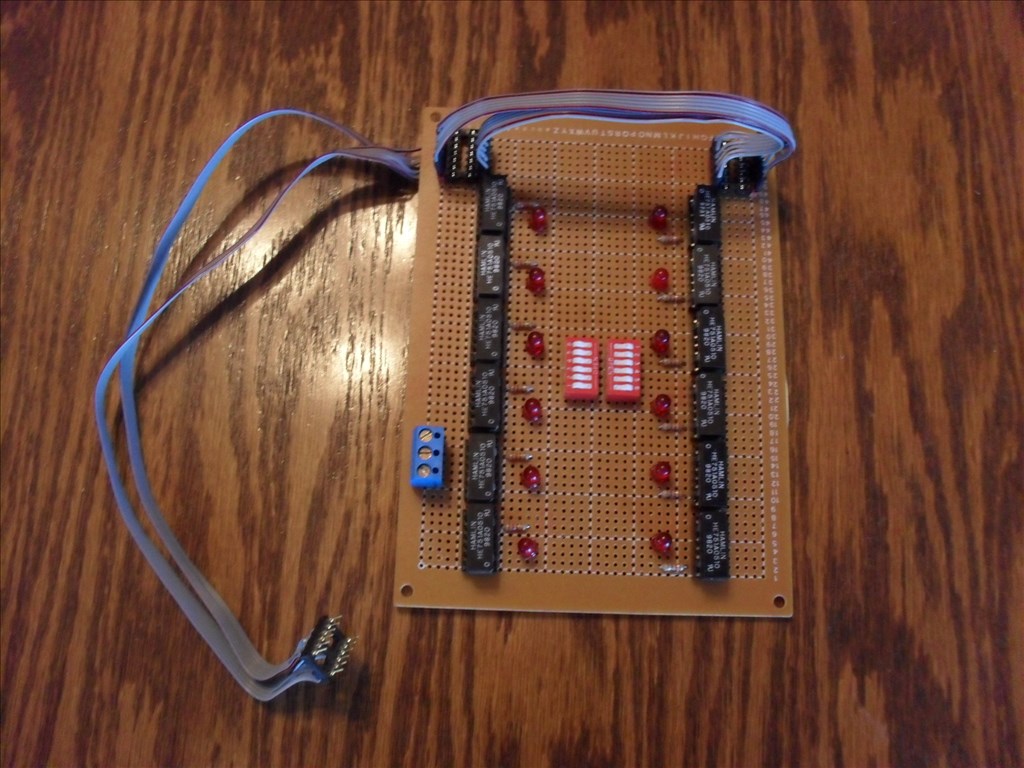
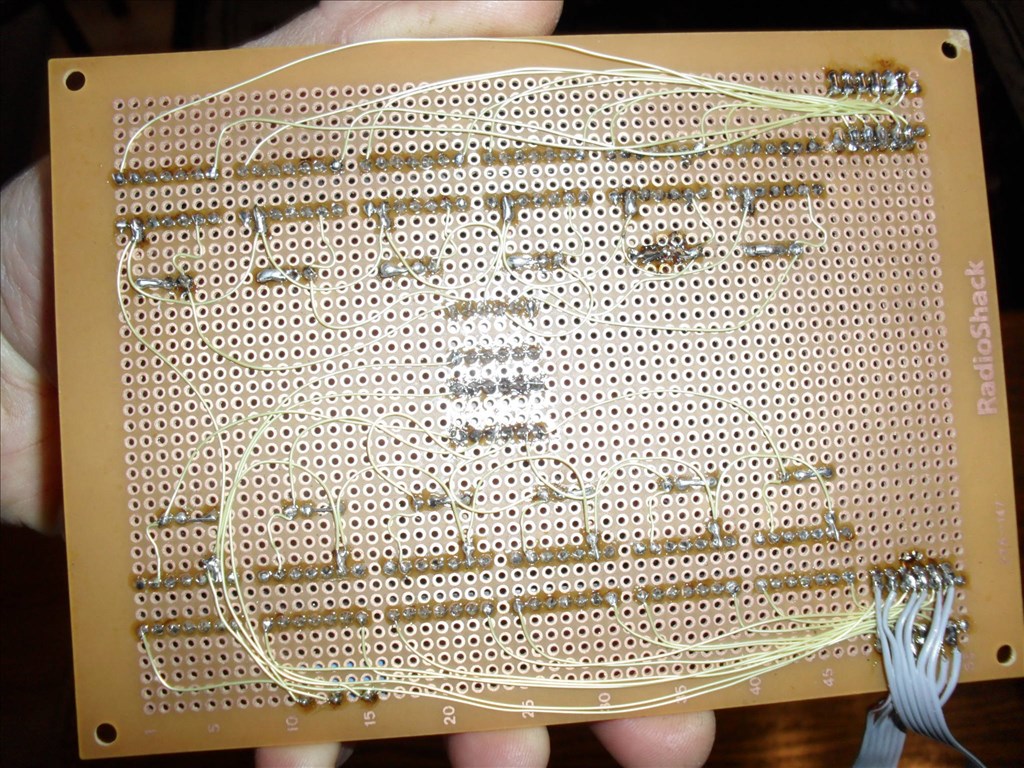
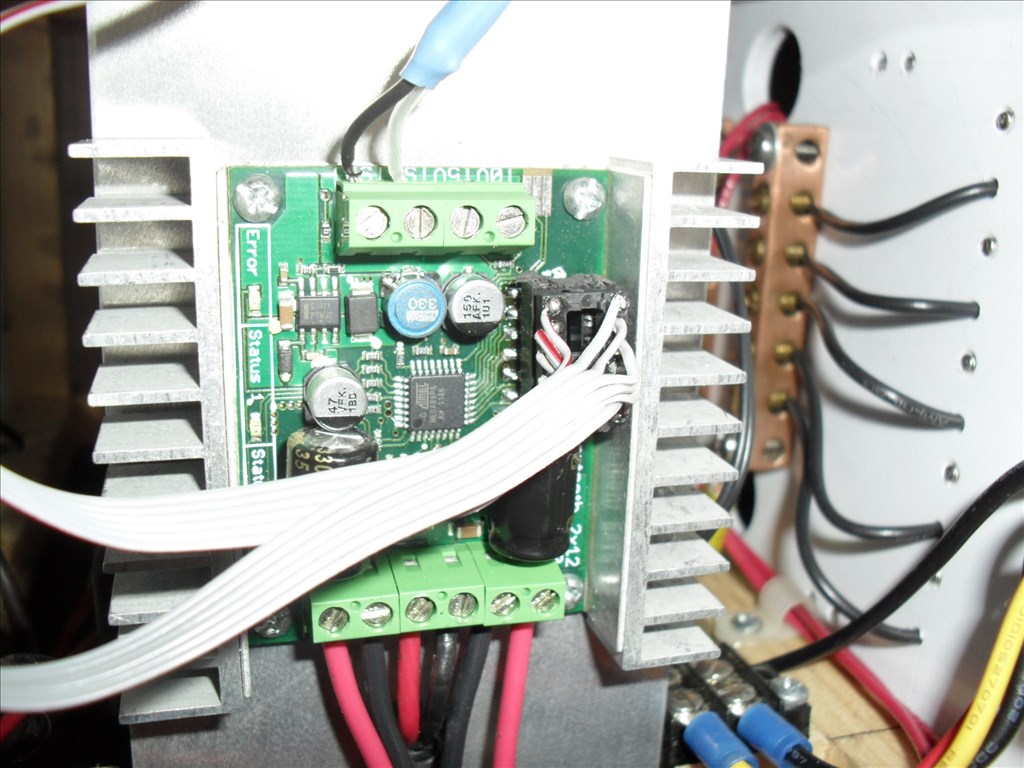
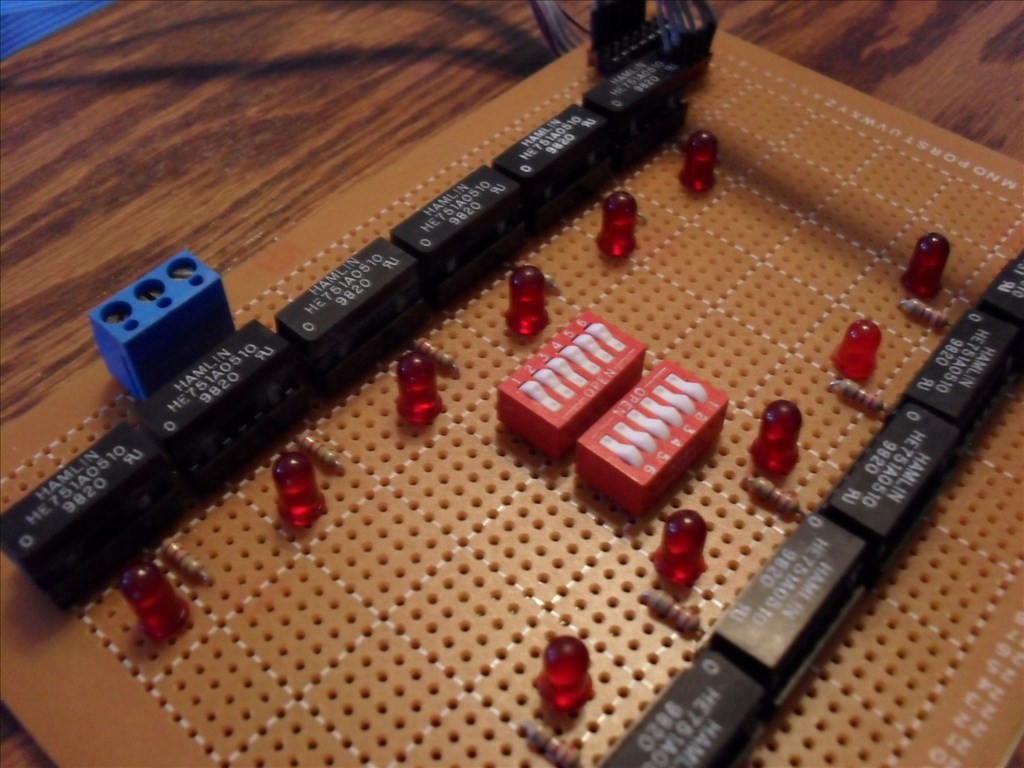
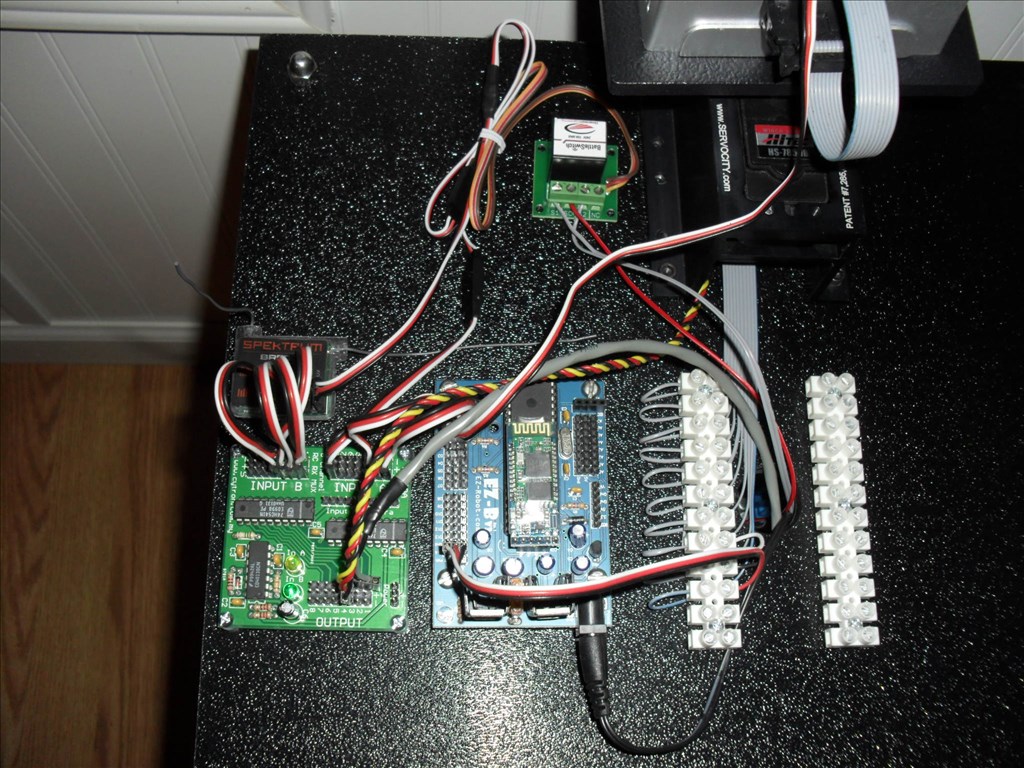
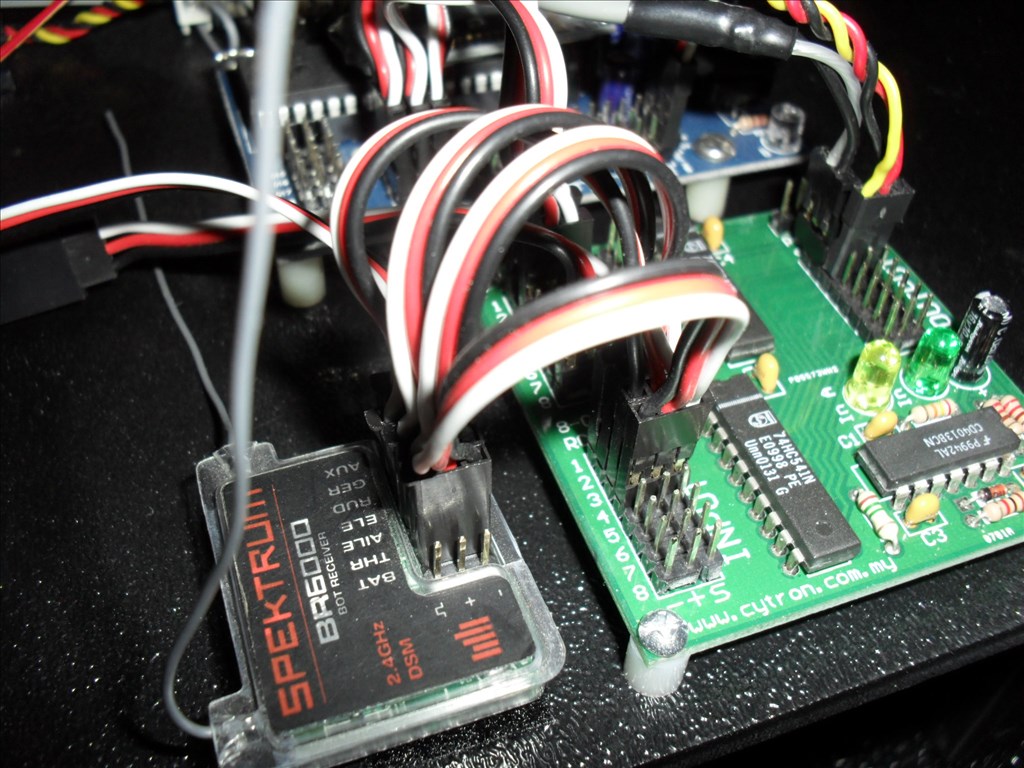
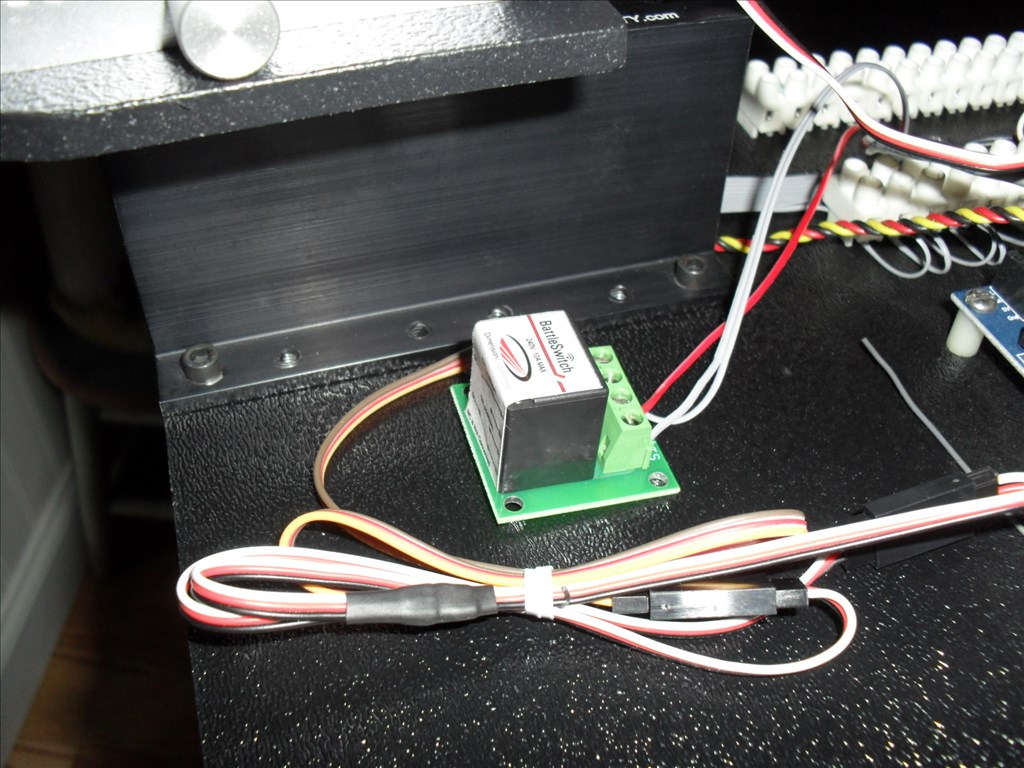

@rgordon The CFSound system may be pulling the supply down for a very short time (at switch on) and you probably will not be able to see that on a meter. Have you got access to a scope? if so you can look at the DC level on switch-on and see how bad the dip is. If this is the problem then possibly adding a large reservoir capacitor across the motherboard may help.
@Toymaker,
Thanks for responding....Yeah I was thinking that may be something to try. An Electrolytic cap. What do you think a good microfarad value would be?
It would need to be a large electrolytic cap, you could start with 2200uF but it may need a bigger value, its trial and error on these sort of things.
Thanks.....I'll give it a try. See what happens
TIP122 is a 100V 5A NPN Darlington with an Emitter-Base Voltage of 5V and Base Current (DC) of 120 mA.
TIP31 is a 40V 5A NPN. It has a Base Current (DC) of 1 Amp. This may making it unsuitable to drive with an EZB pin. I don't think it would hurt anything to try it though. Only thing that may happen is it wont operate. Set it up on a bread board or on the bench top with alligator jumpers first.
As far as the motherboard shutting down. It may have a watchdog circuit that shuts it down or reboots it if the voltage gets below 5V. You may have a quick voltage drop that you cant see happen with your meter but the motherboard senses. I have this problem sometimes with some of my Solid State pinball games. If the supply voltage drops to mush they will reboot. Another cause may be your wiring or connections. You will lose voltage if the wireto small or the run is to long. Also you will have voltage loss if you have poor or bad connection or solder joint somewhere.
Dave Schulpius
Dave, I'm going to try upping the wire size first then if that doesn't get it I'll try placing a capacitor across the power terminal.
Update:
-Downloaded the latest ARC and got it working on the laptop so I'll be ready for Maker Fair Saturday.
-Tried out the TIP31 circuit with the SoundServo control but could not get it to work. The LED's stay on all the time with no change in brightness. I did try using the PWM control and with that control I could vary the voice light intensity from nothing to full brightness so it appears the TIP31 is working. Any ideas on how to get SoundServo control to work wold be appreciated.
You could use the variable set by Sound servo in a script that will enable/disable the LEDs if the sound goes over a certain level. I posted an example in another topic about sound servos the other day.